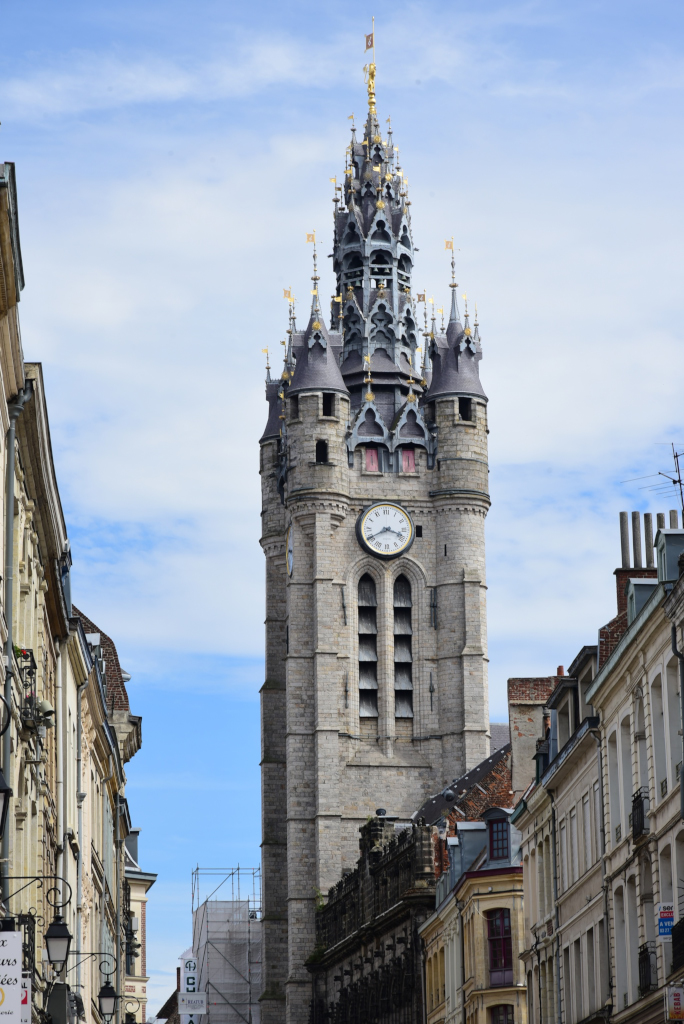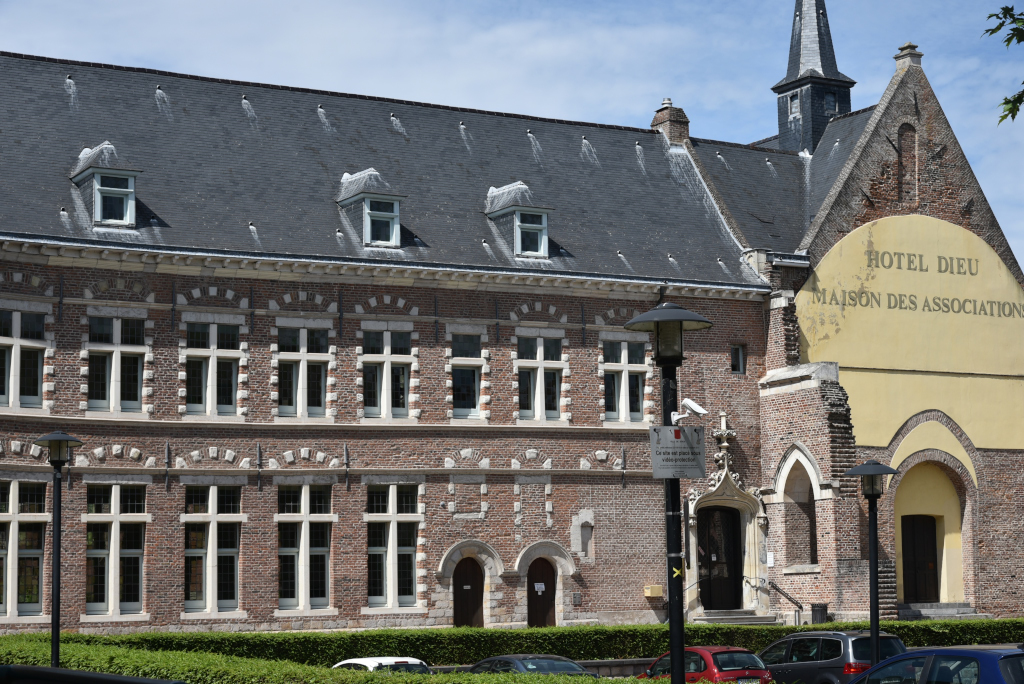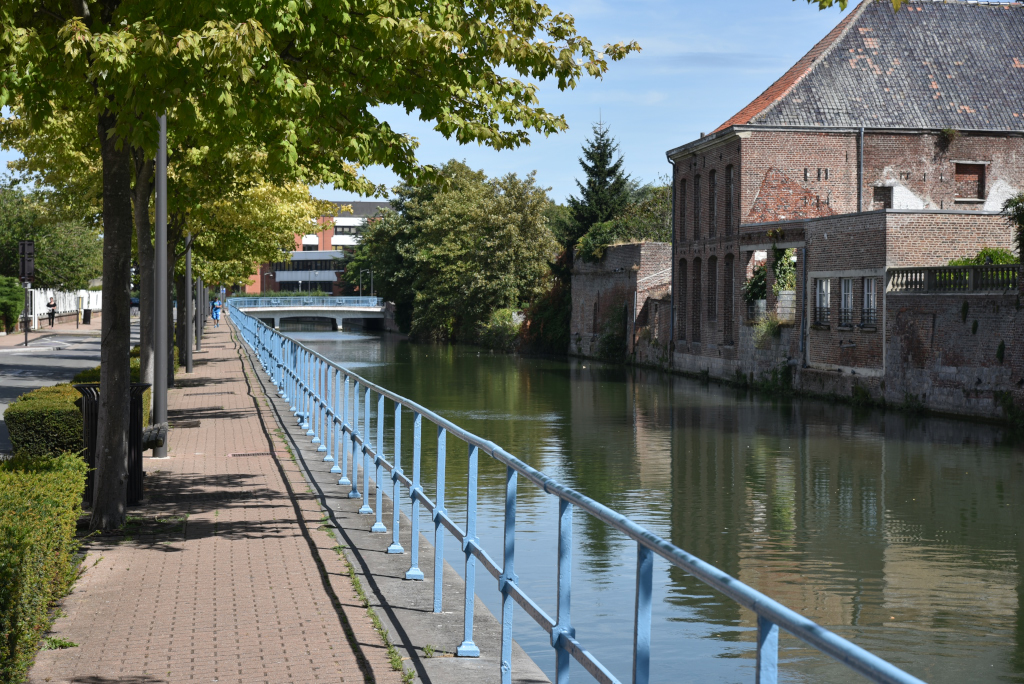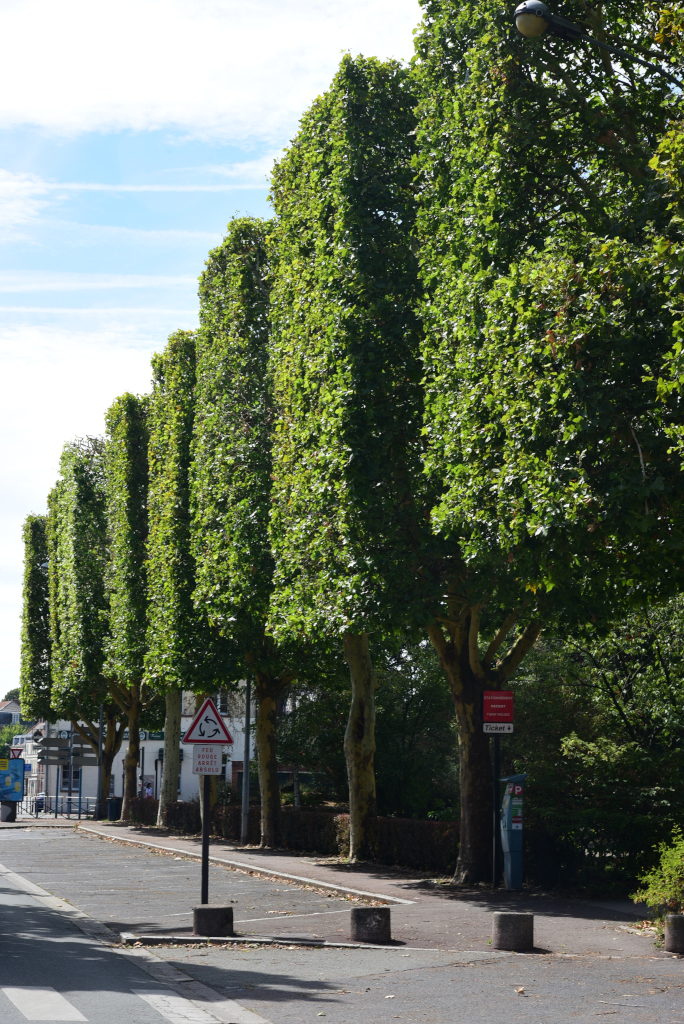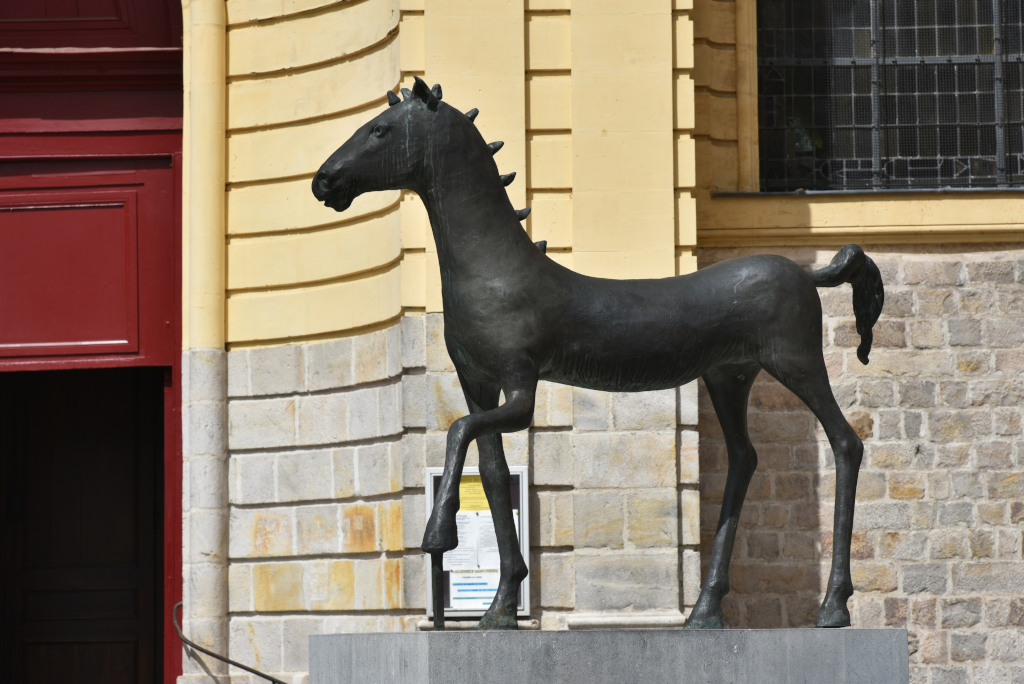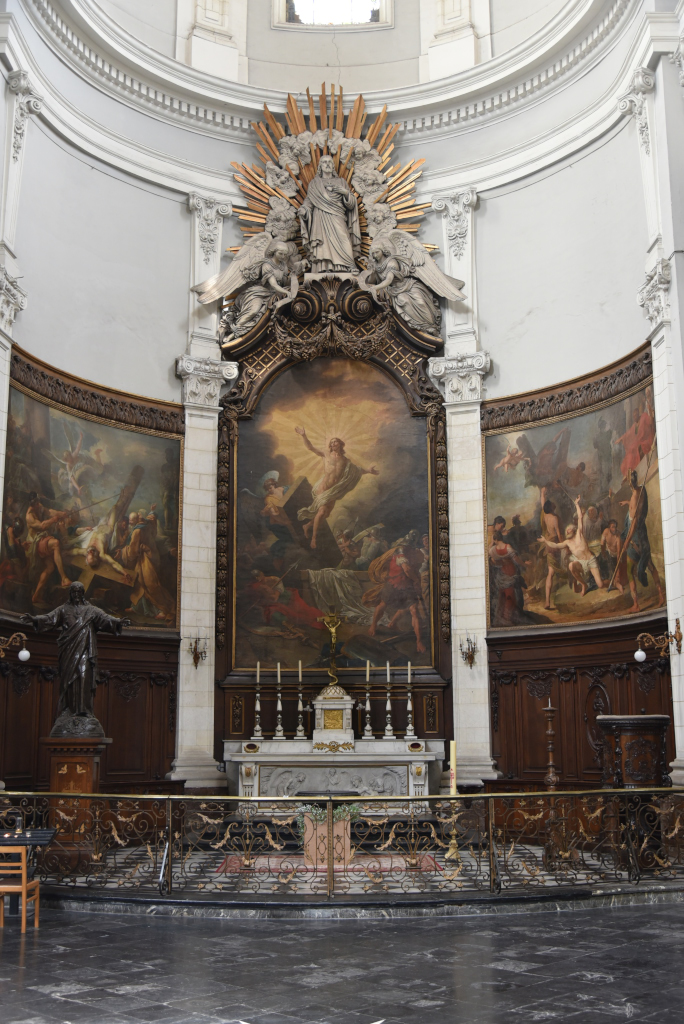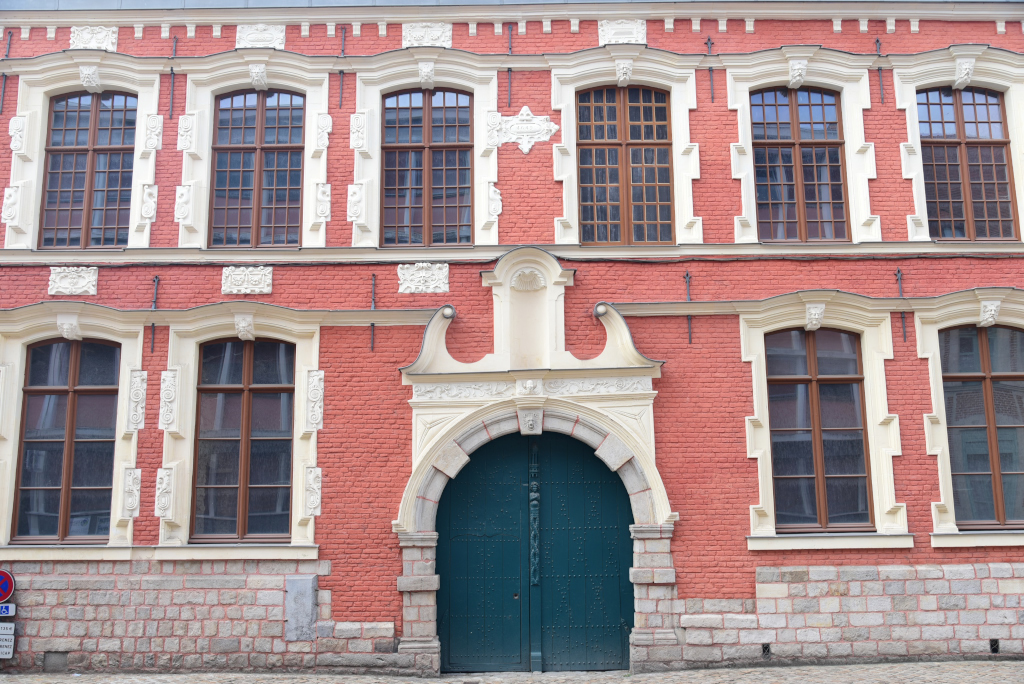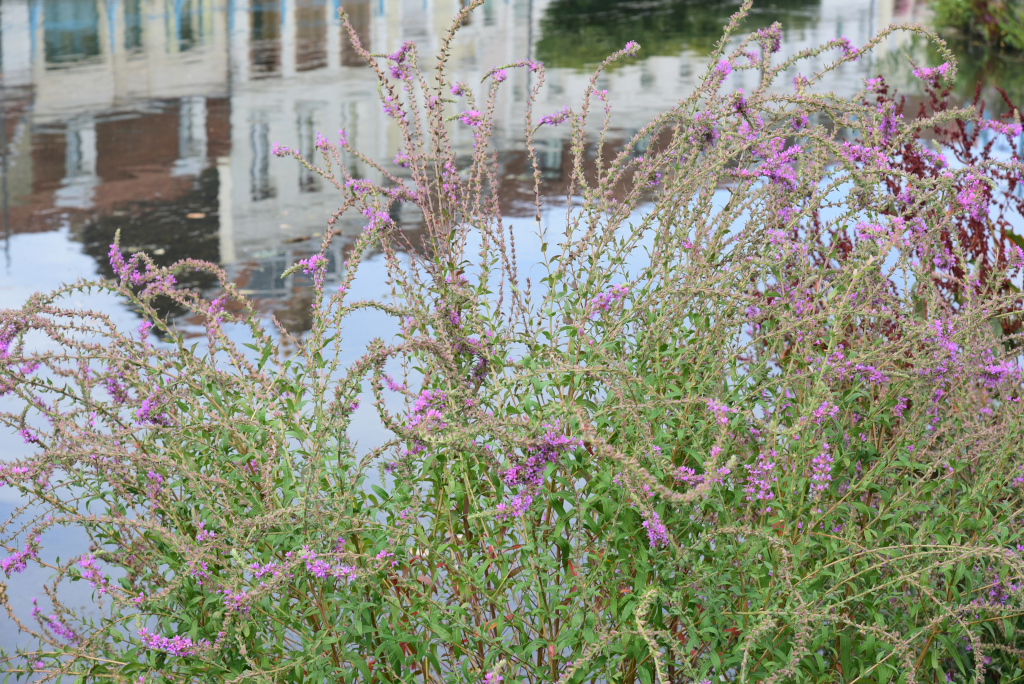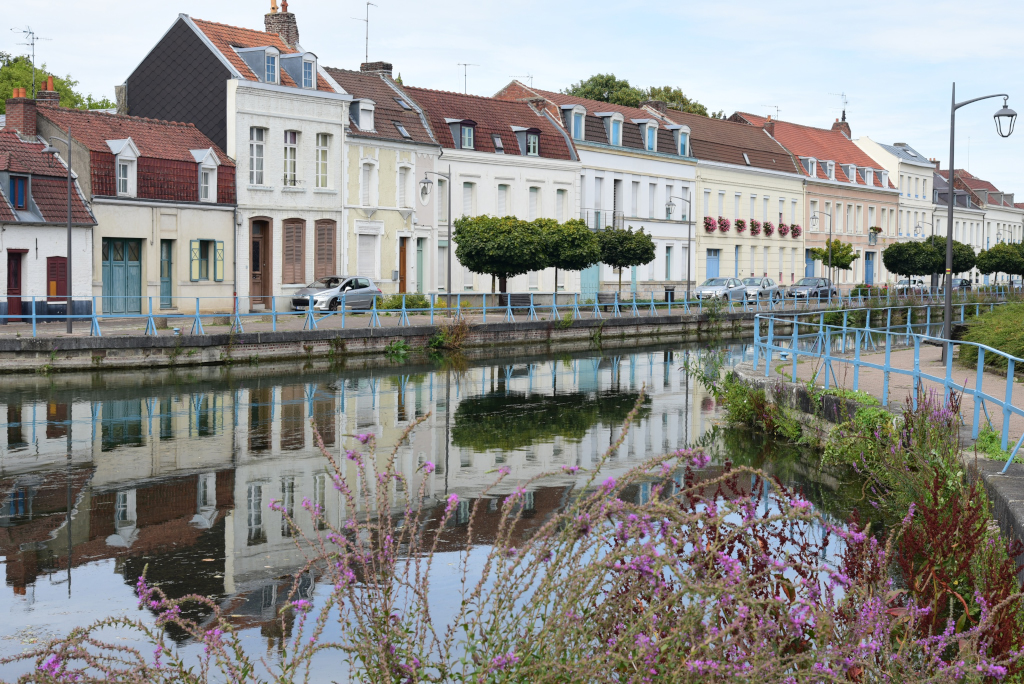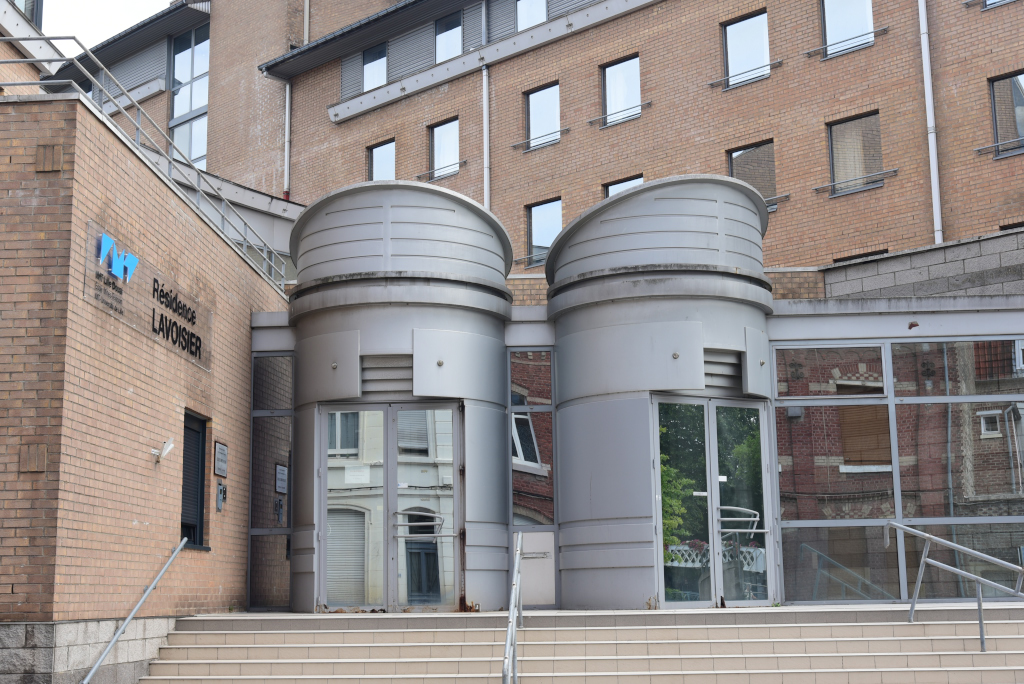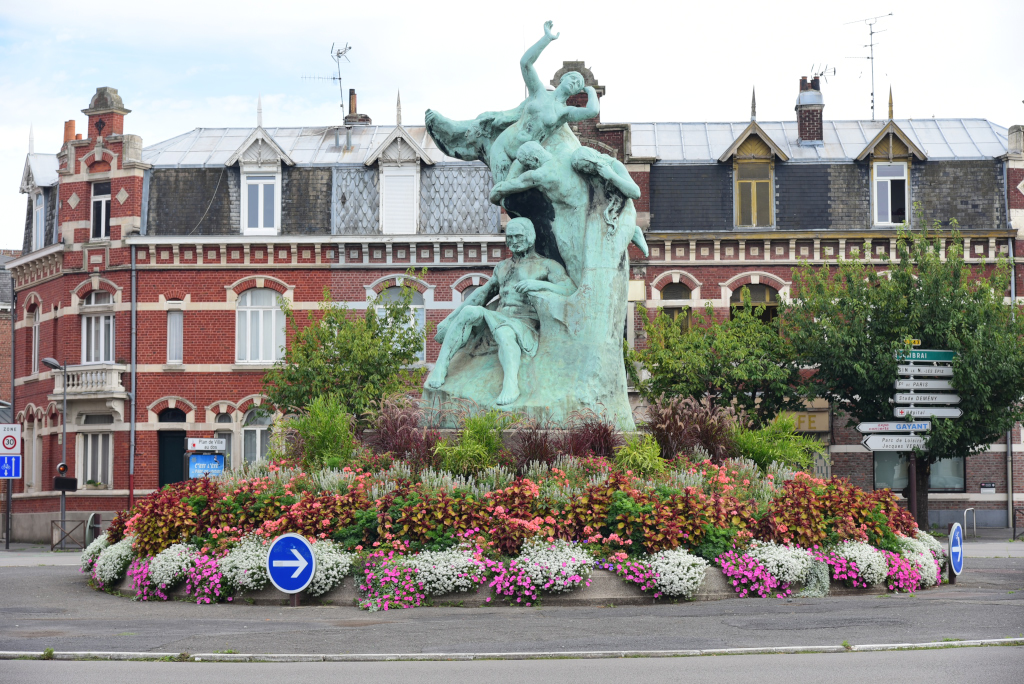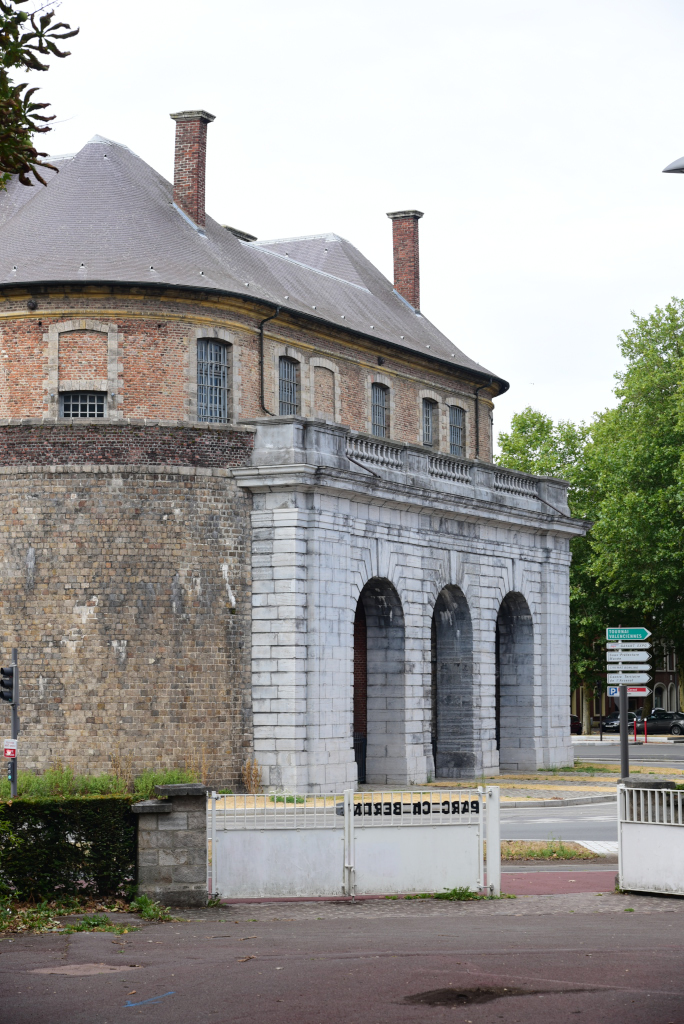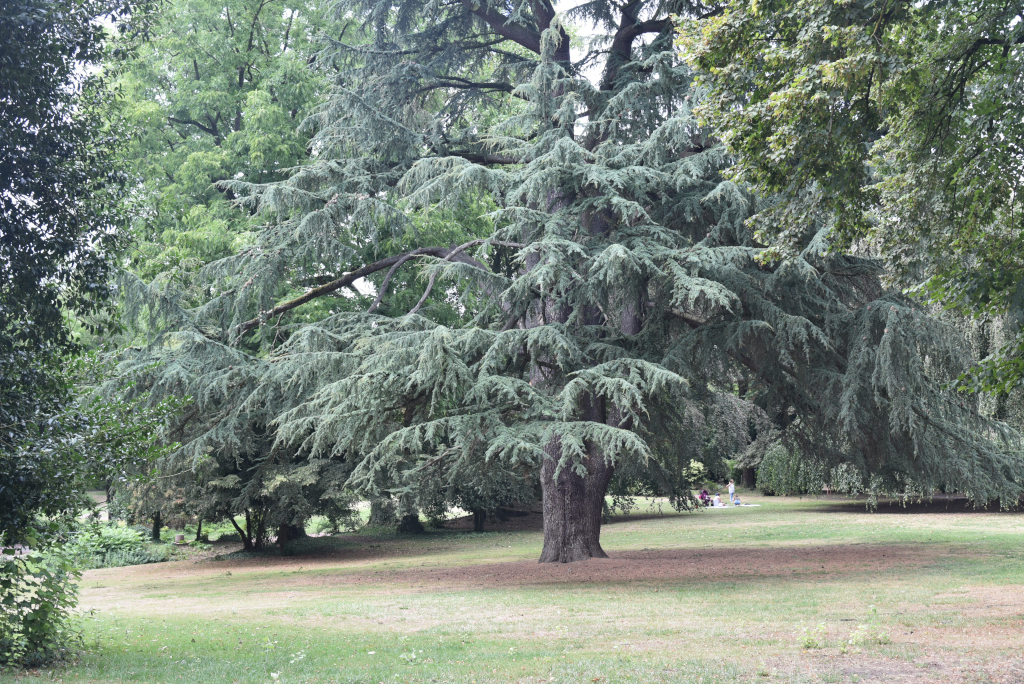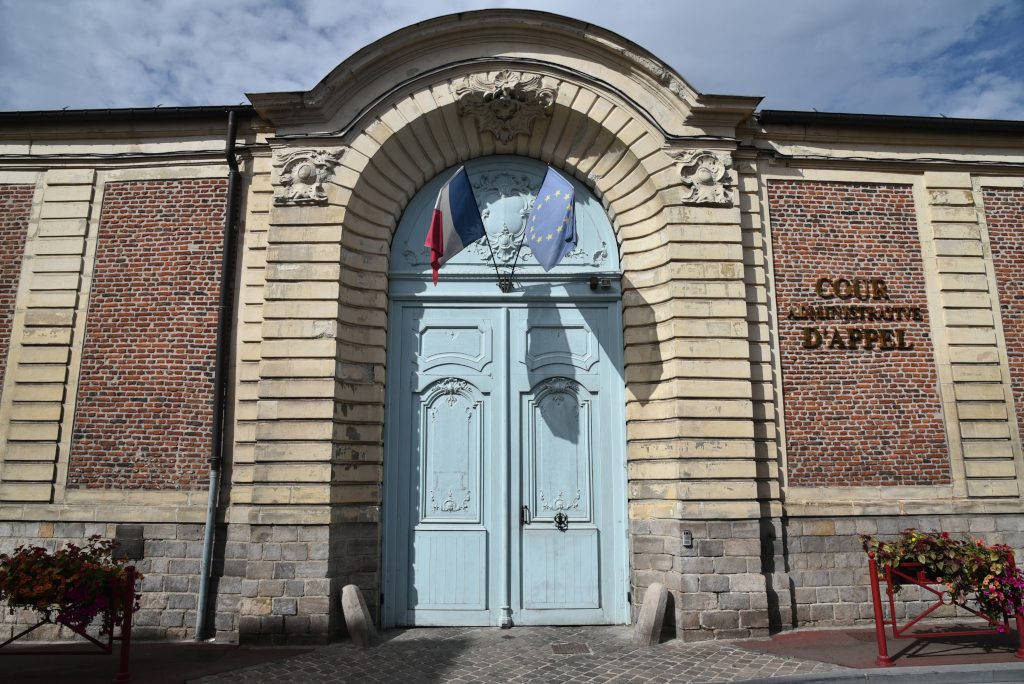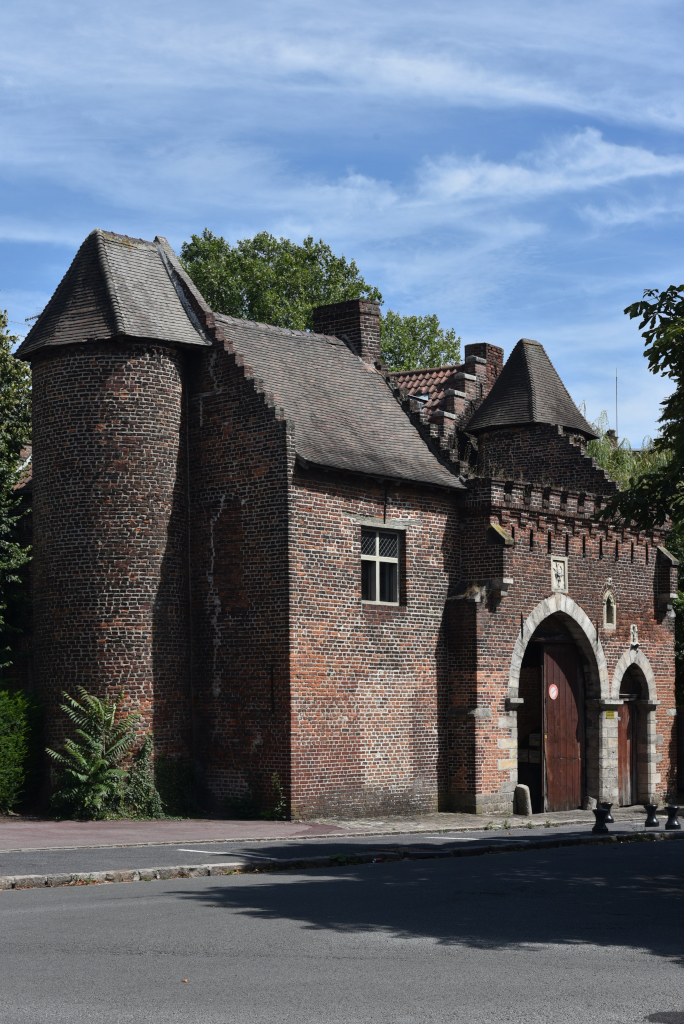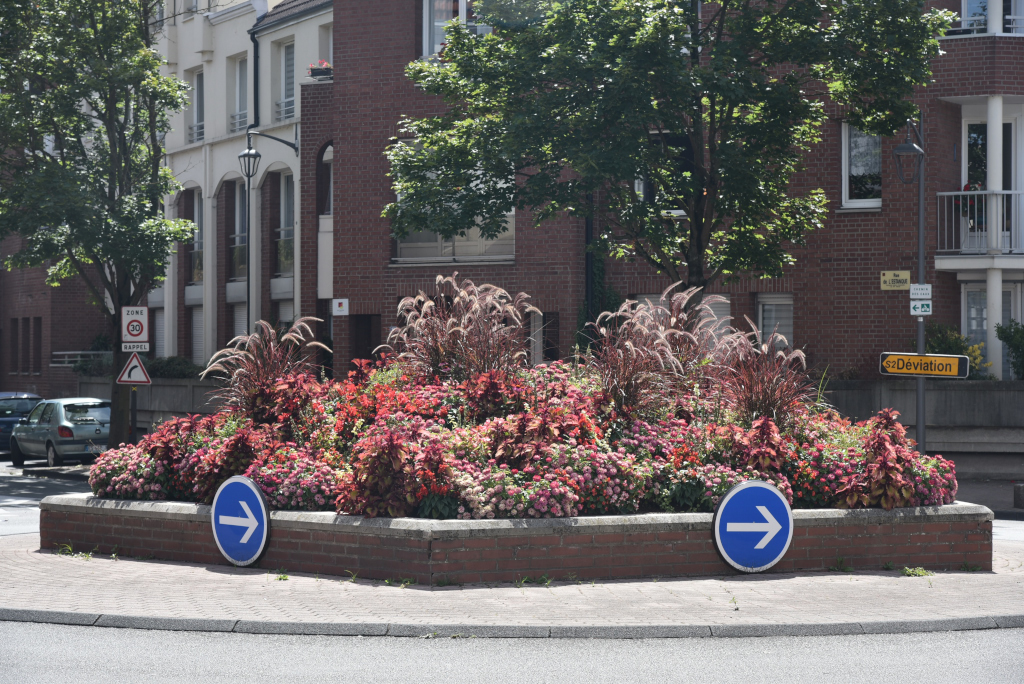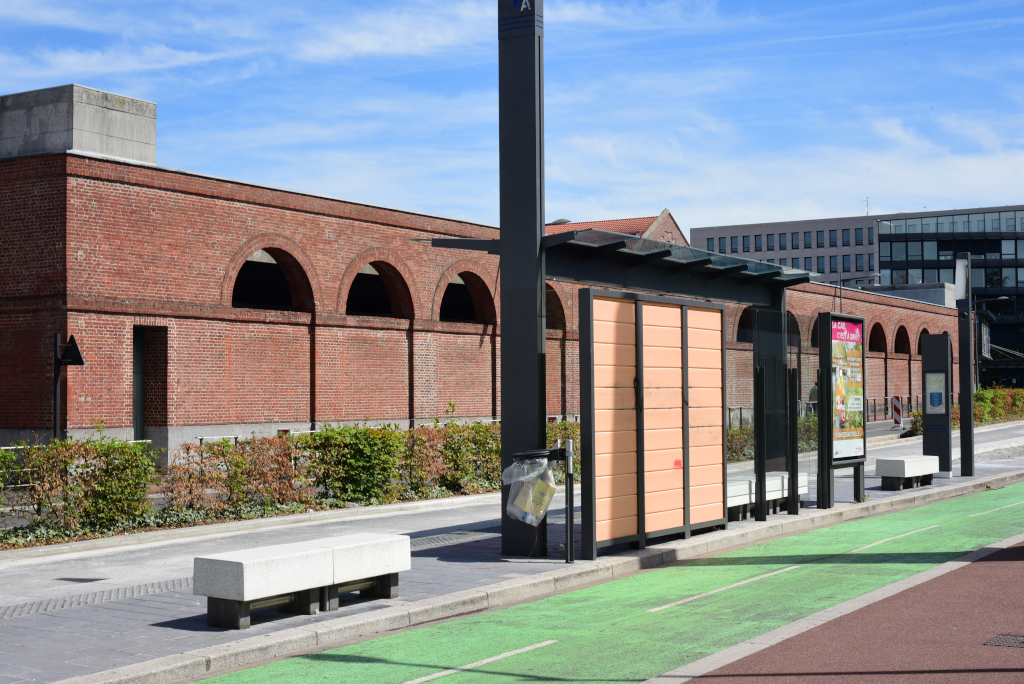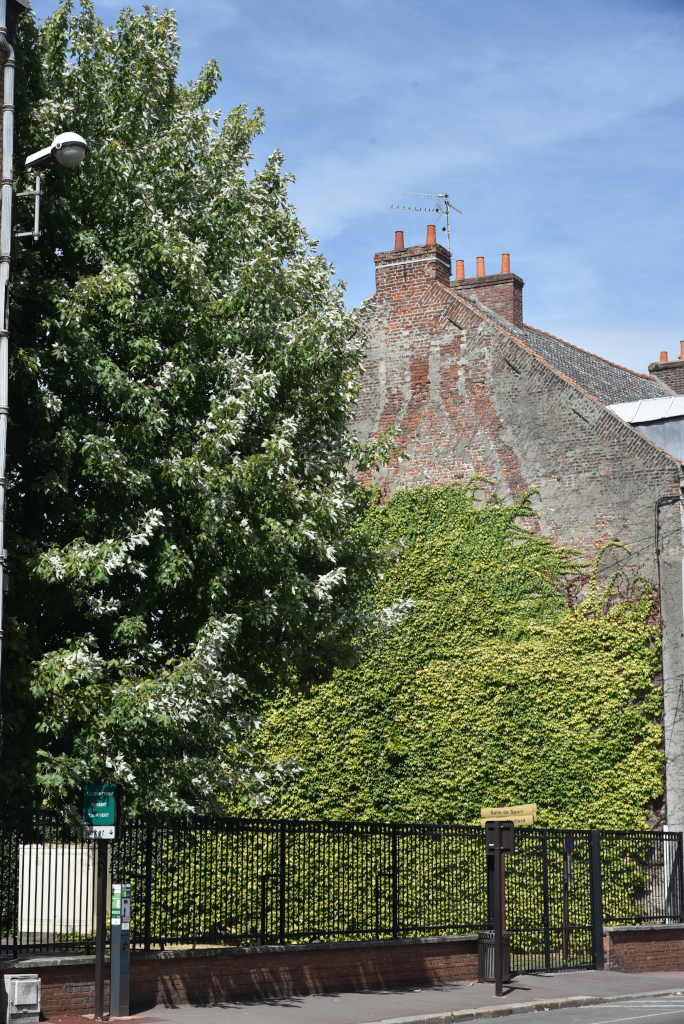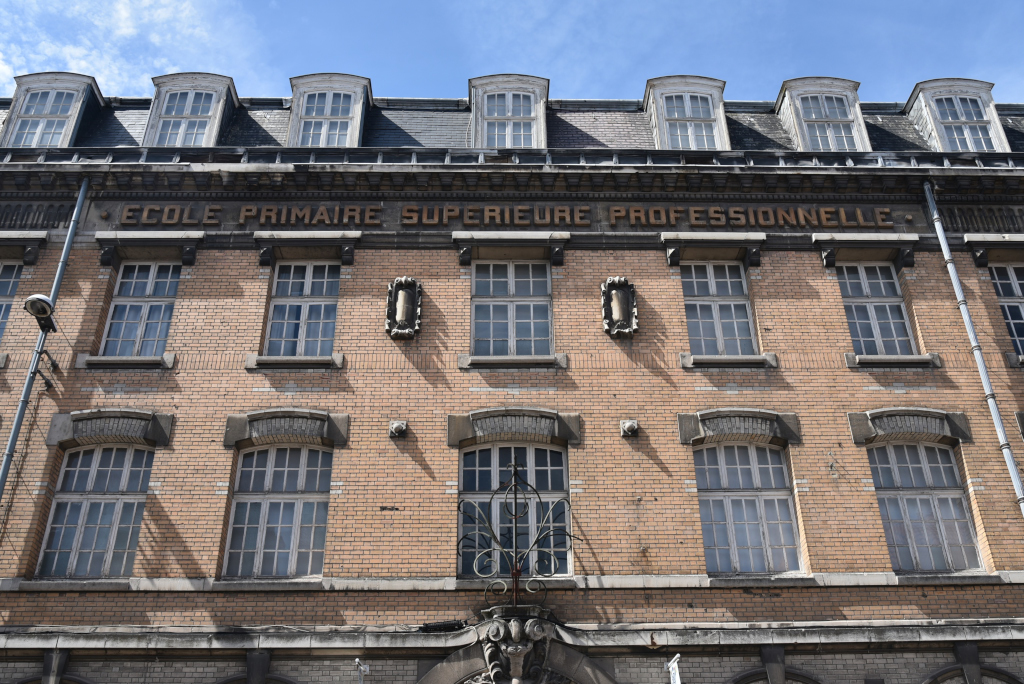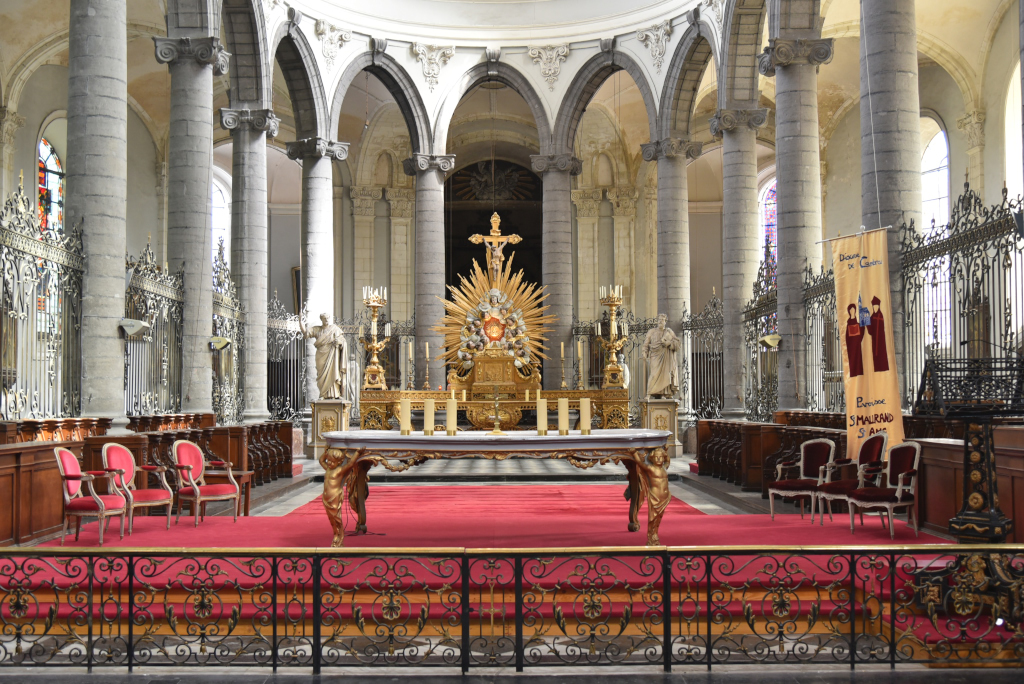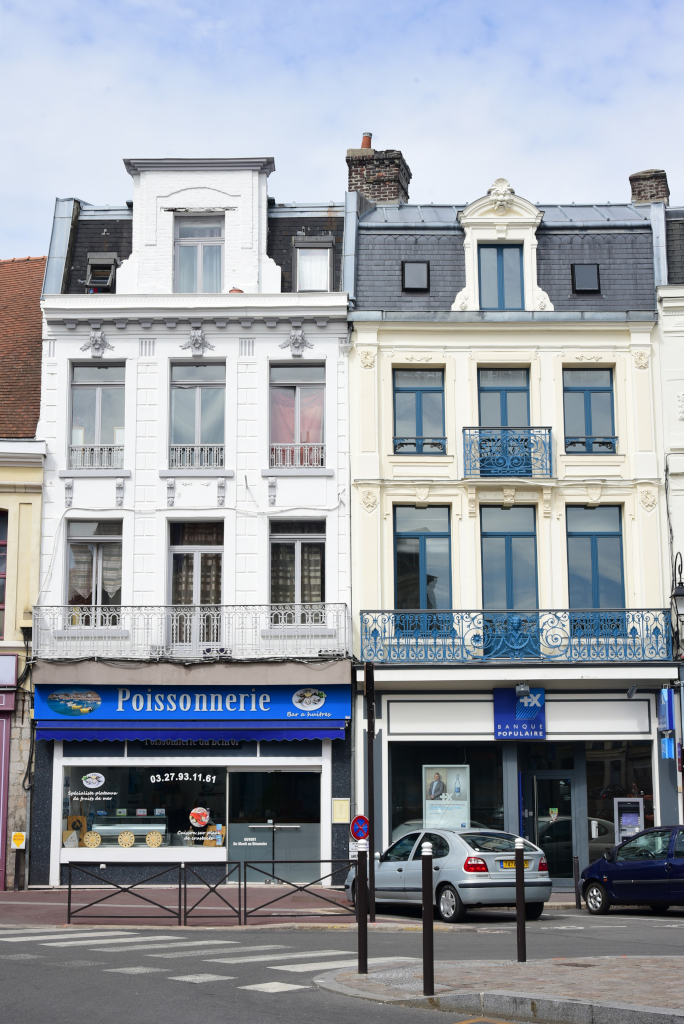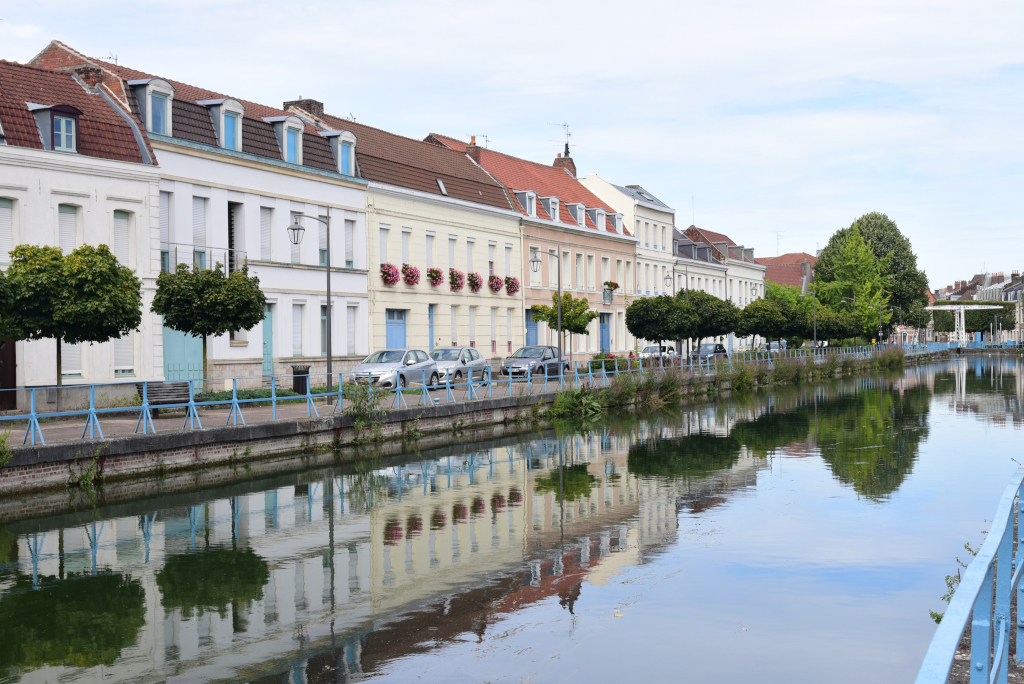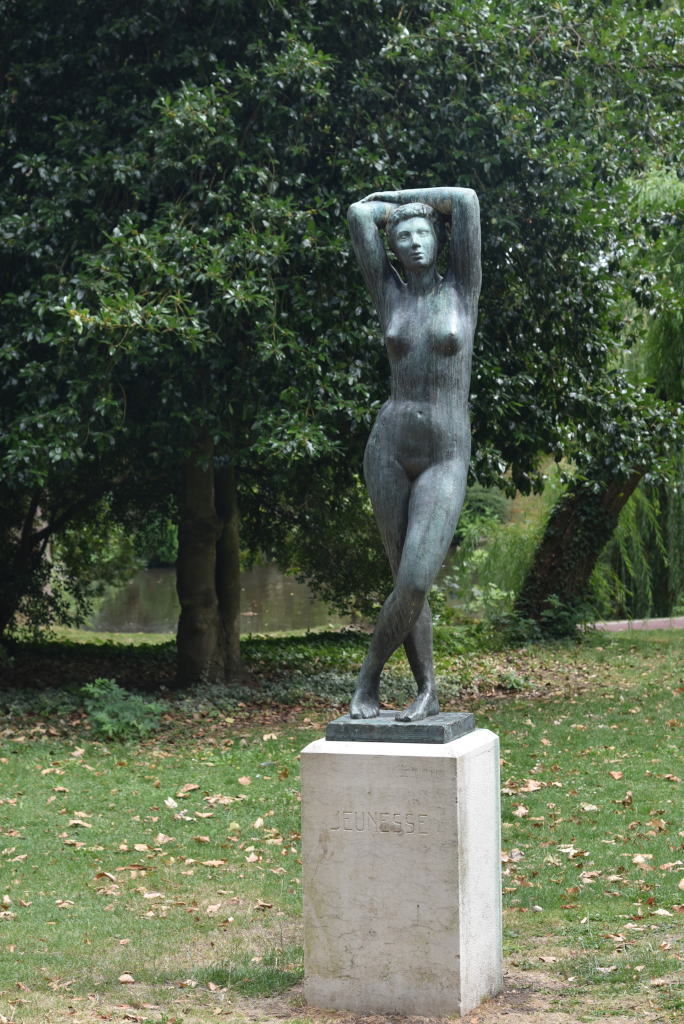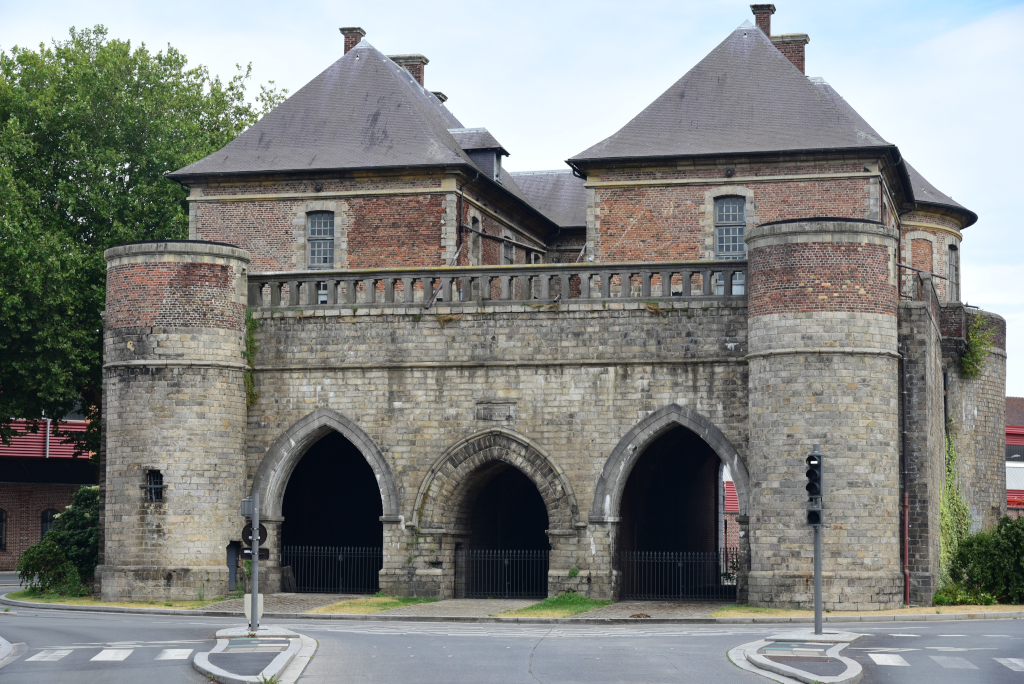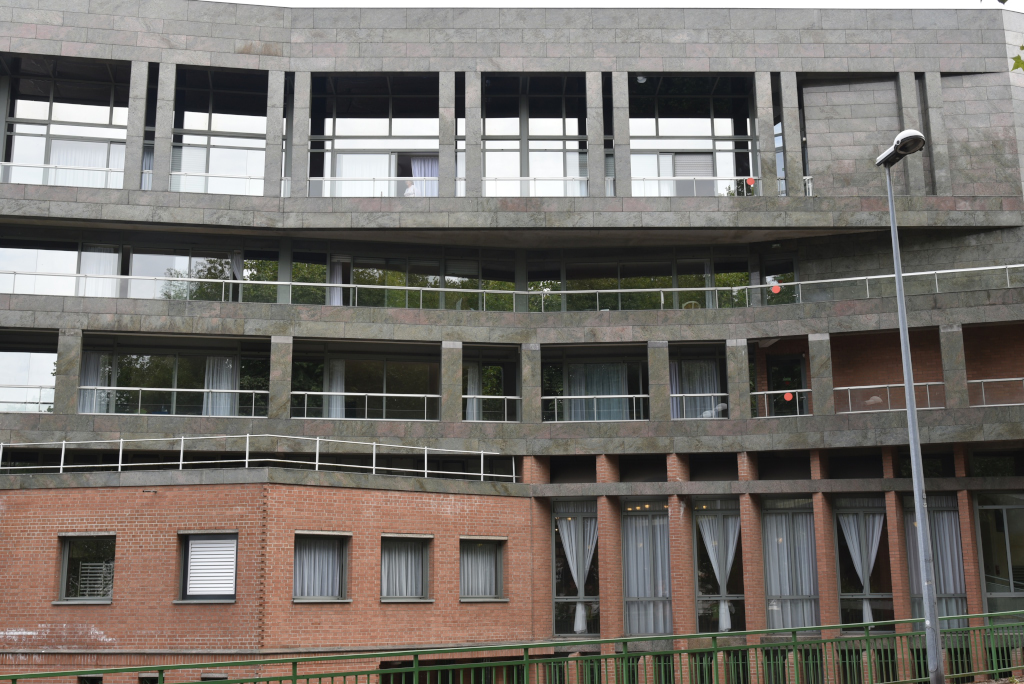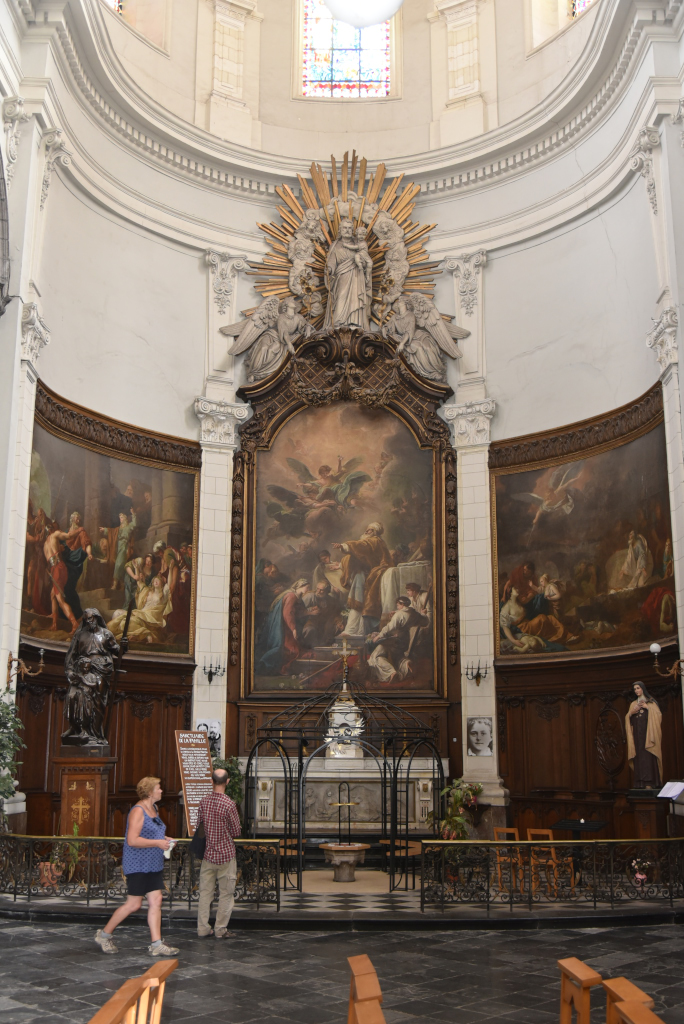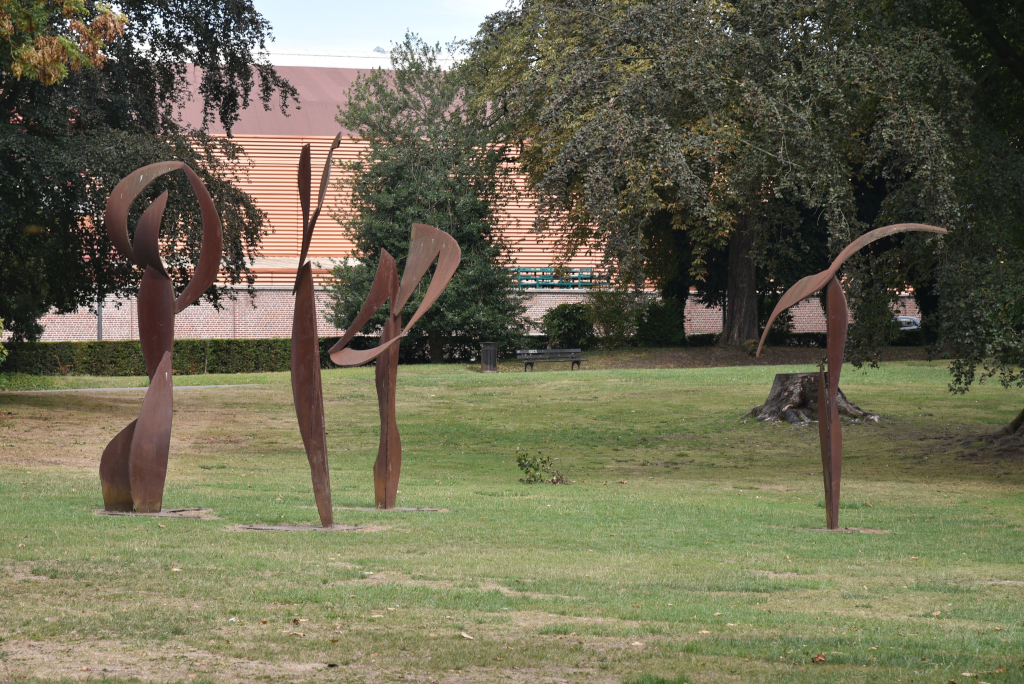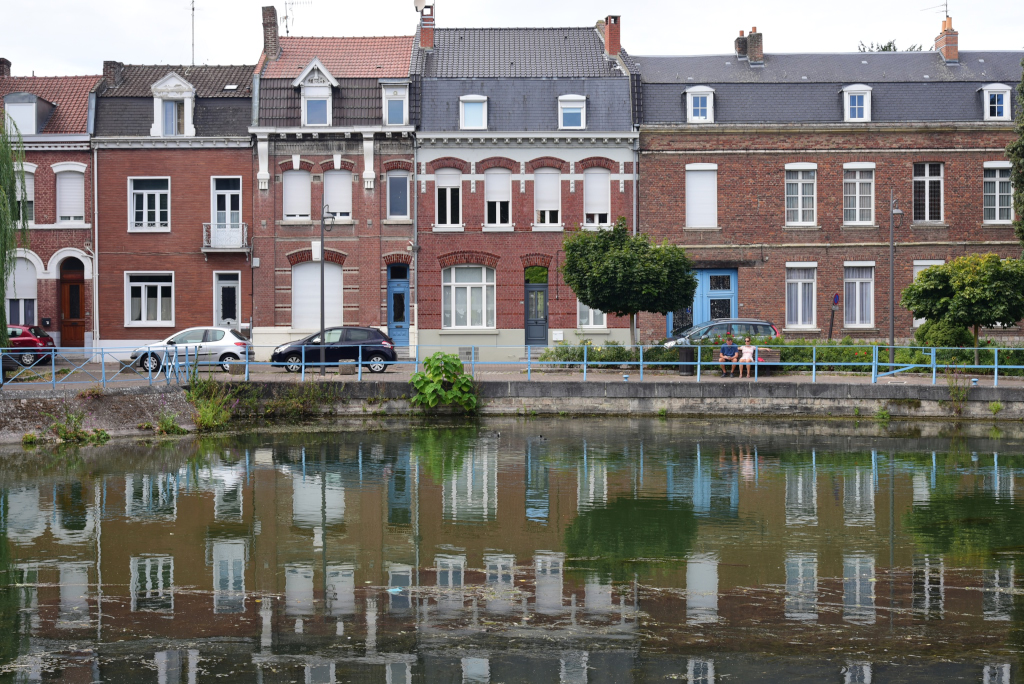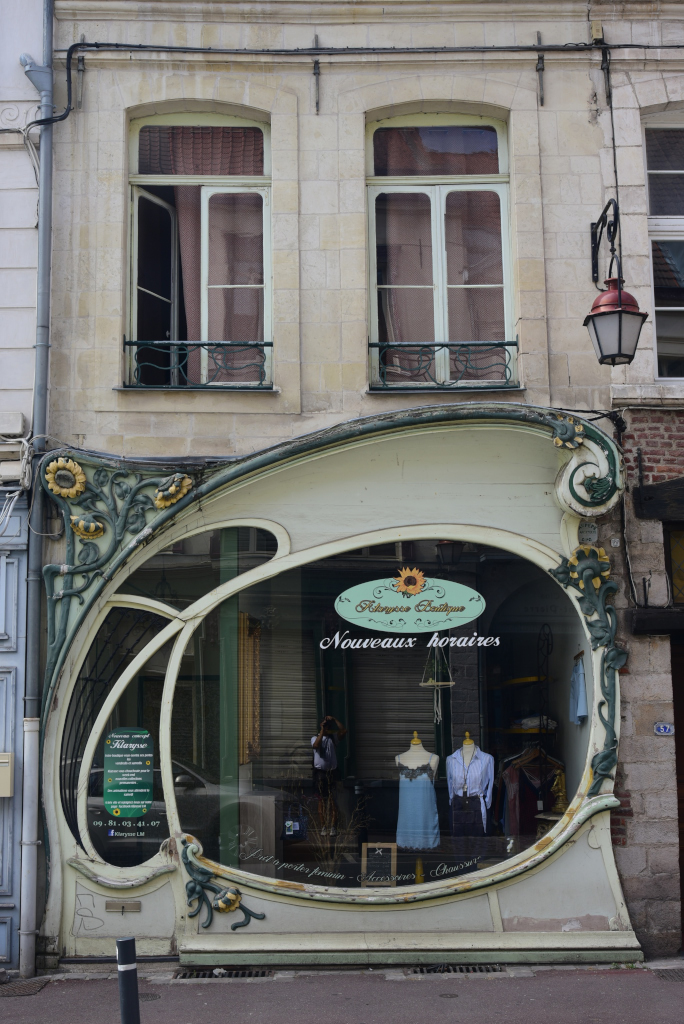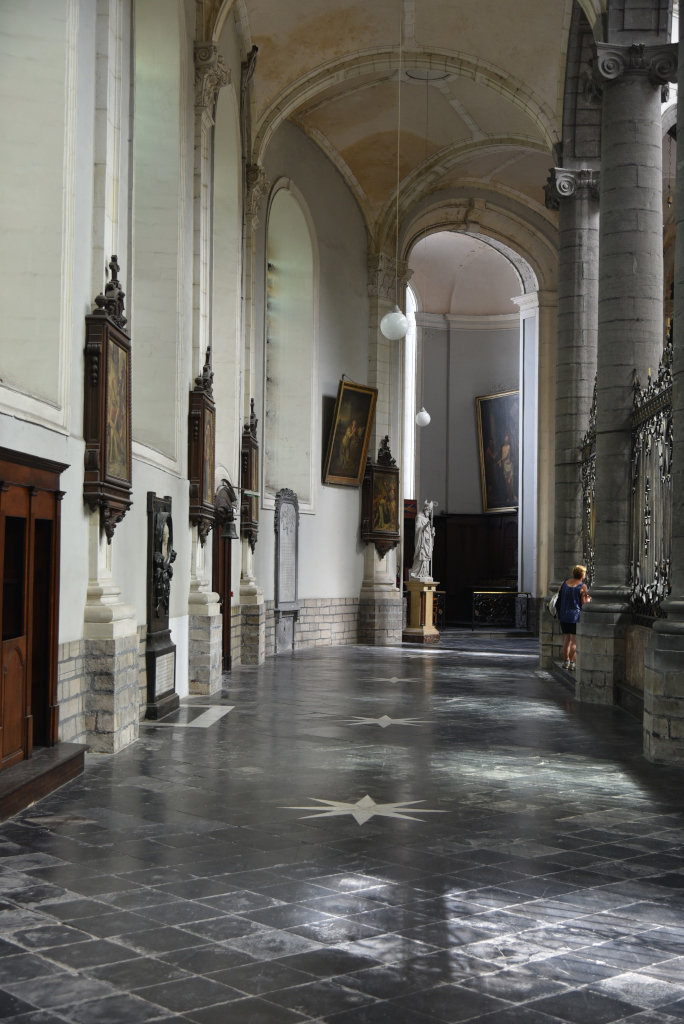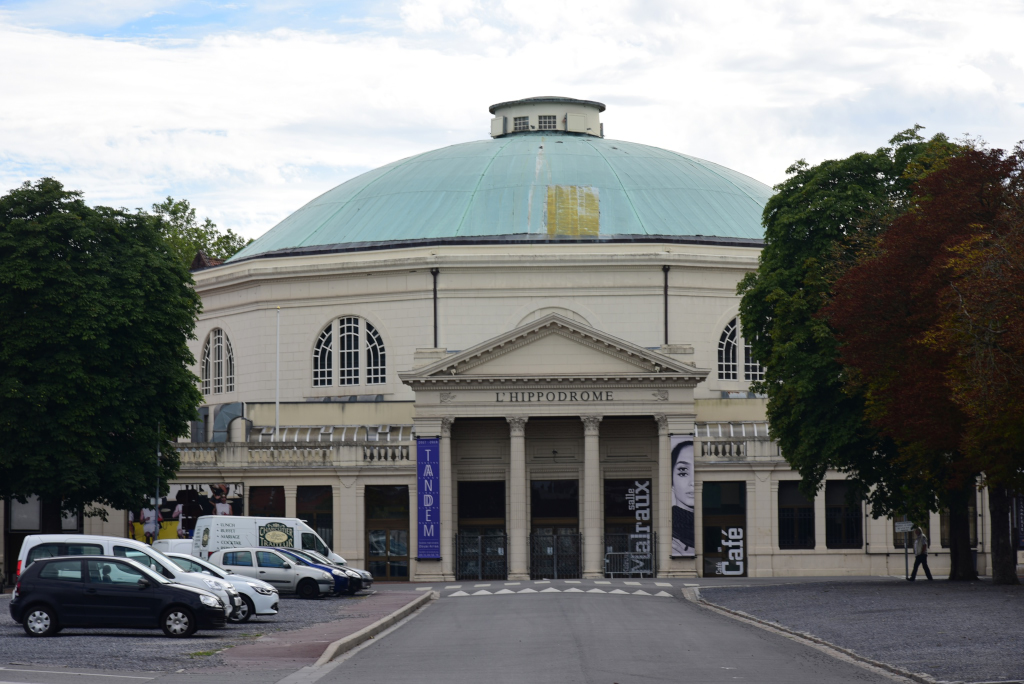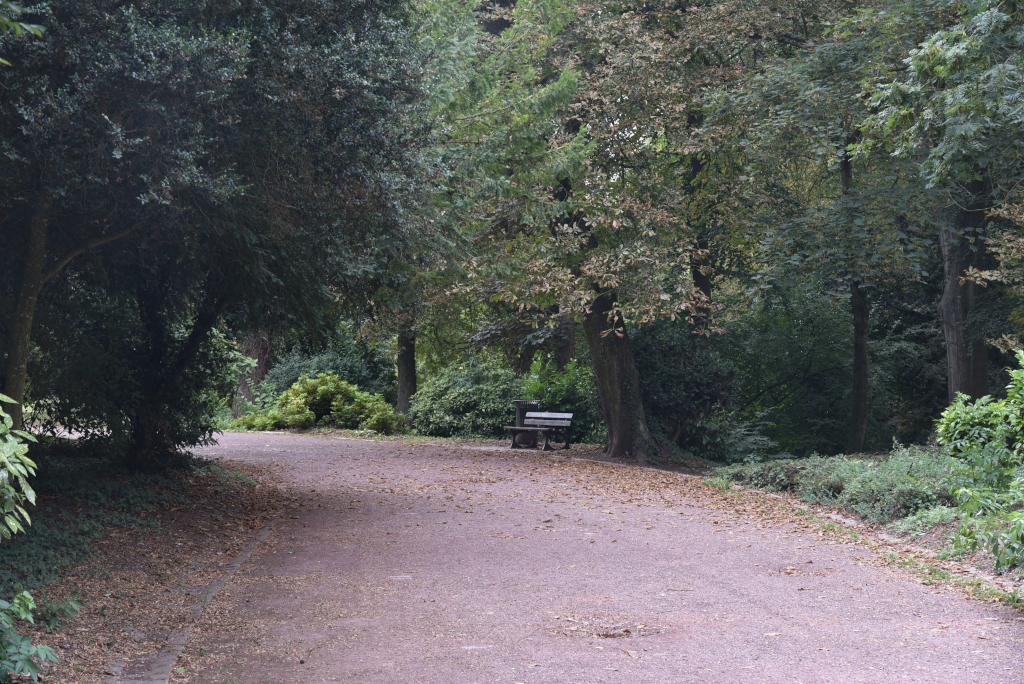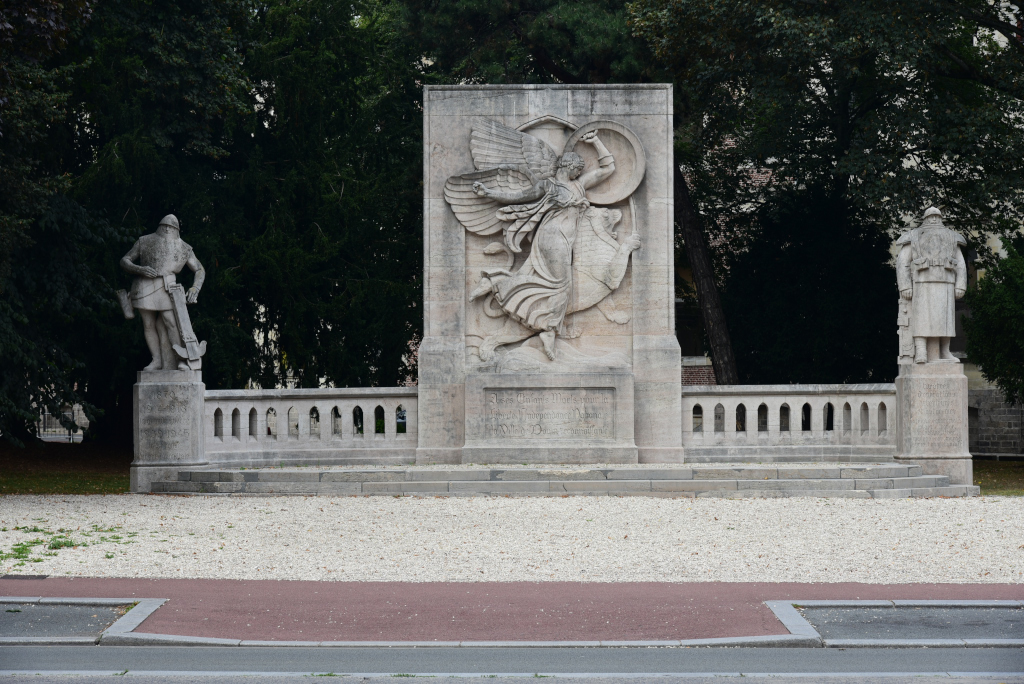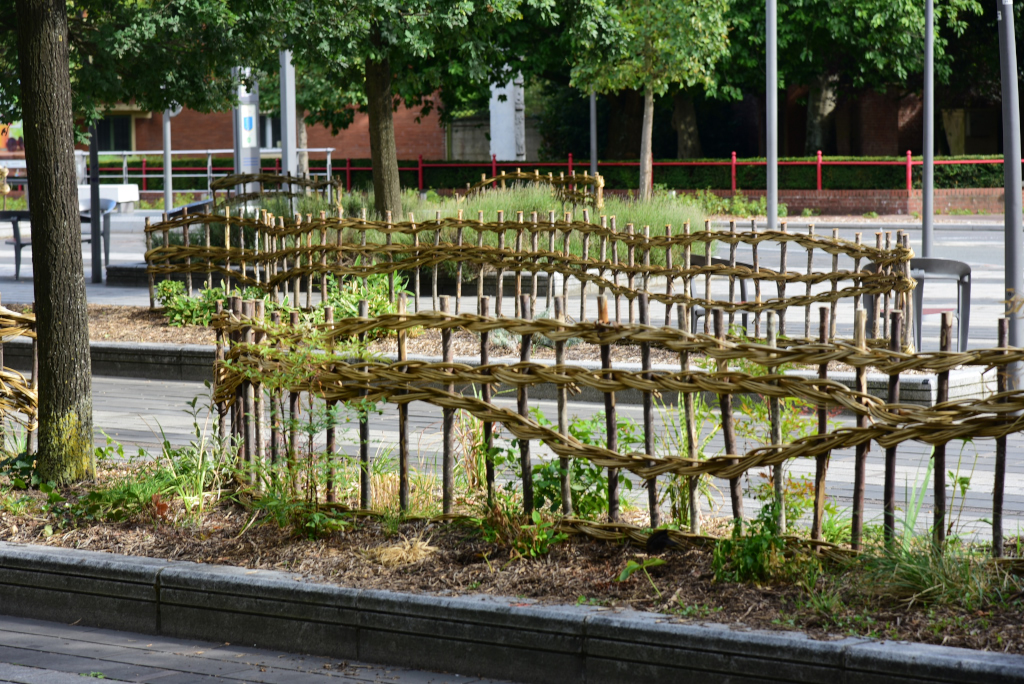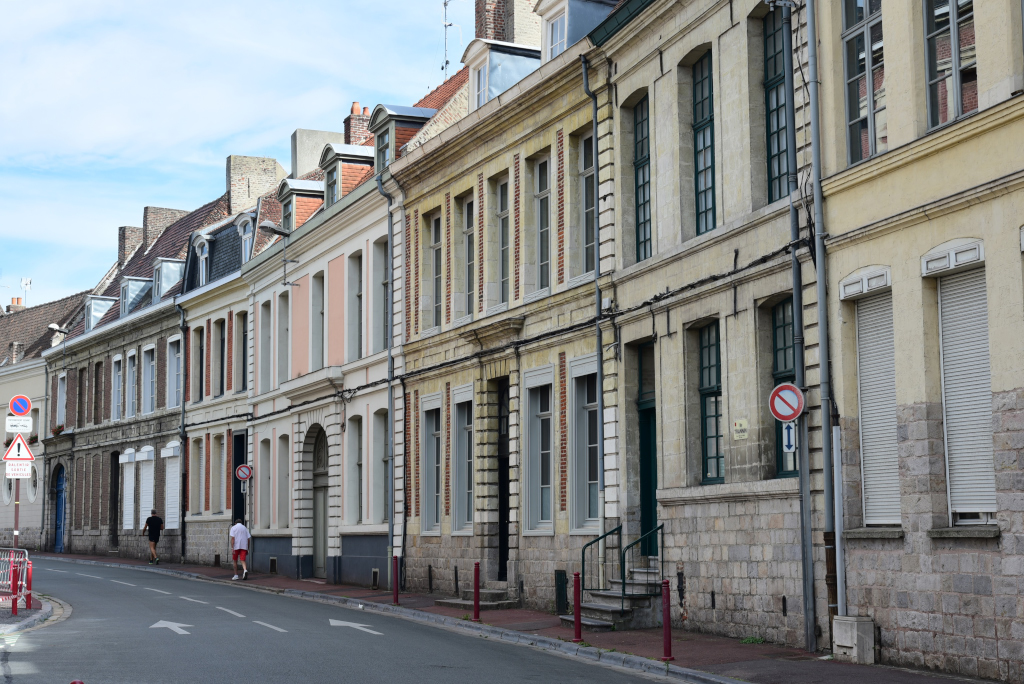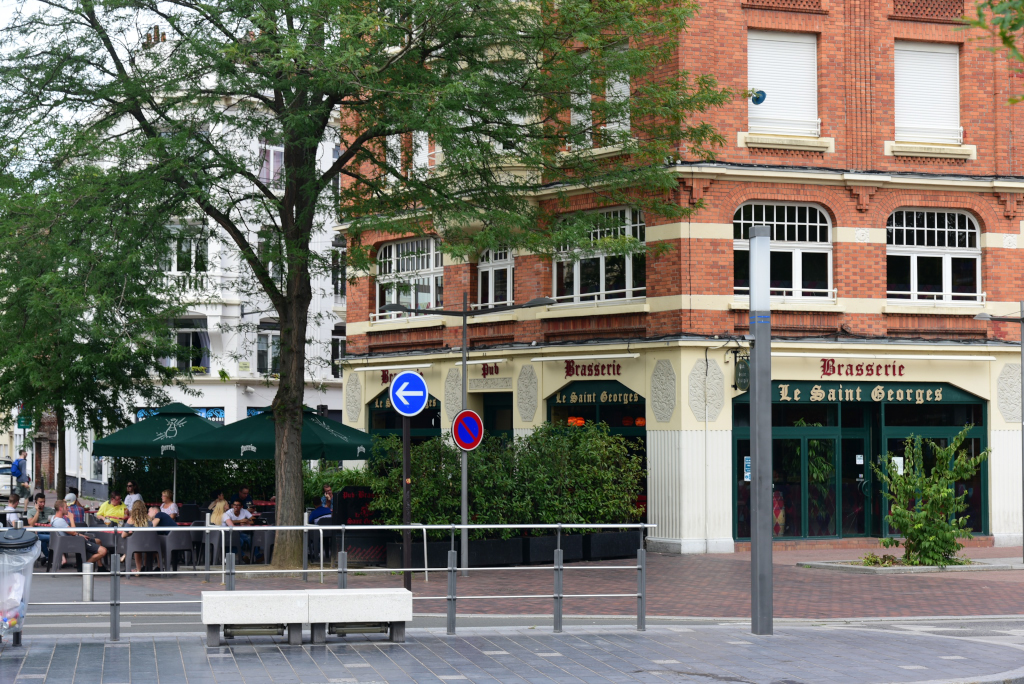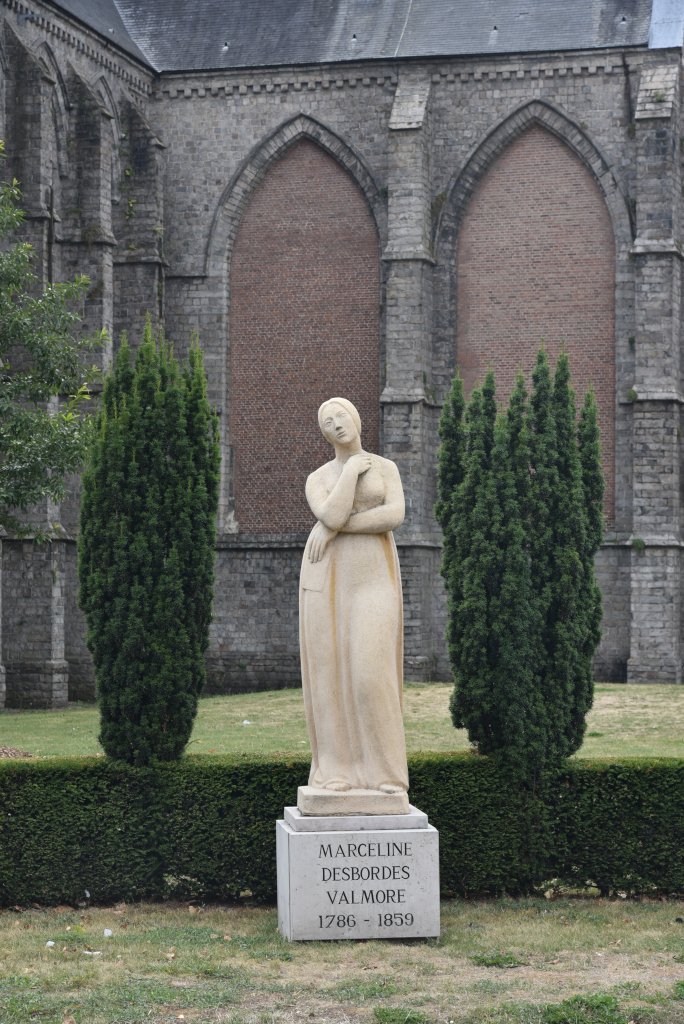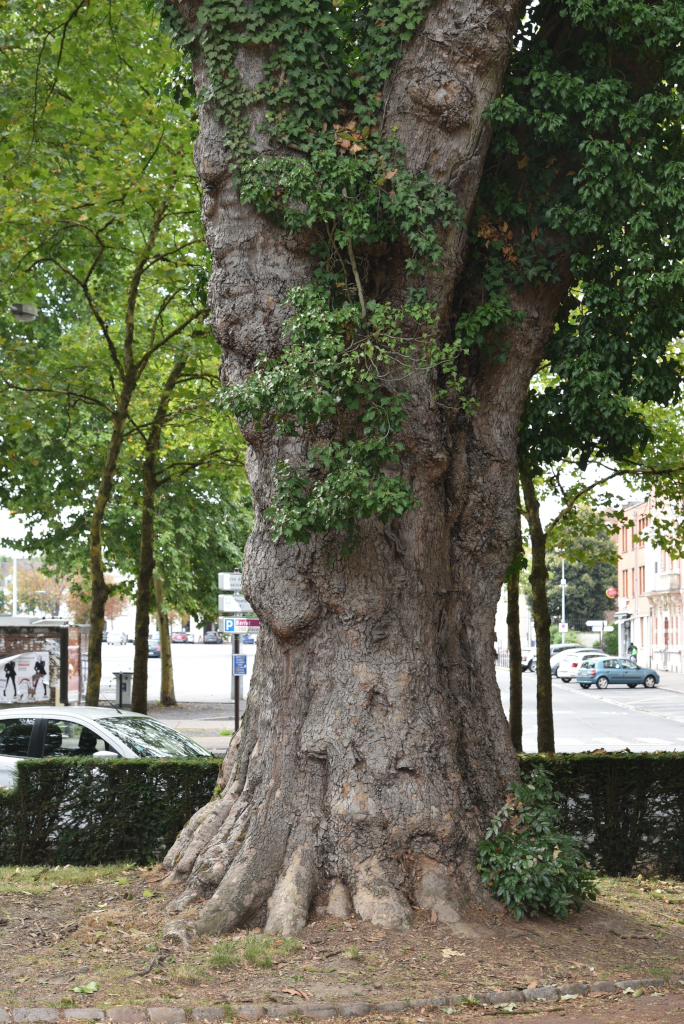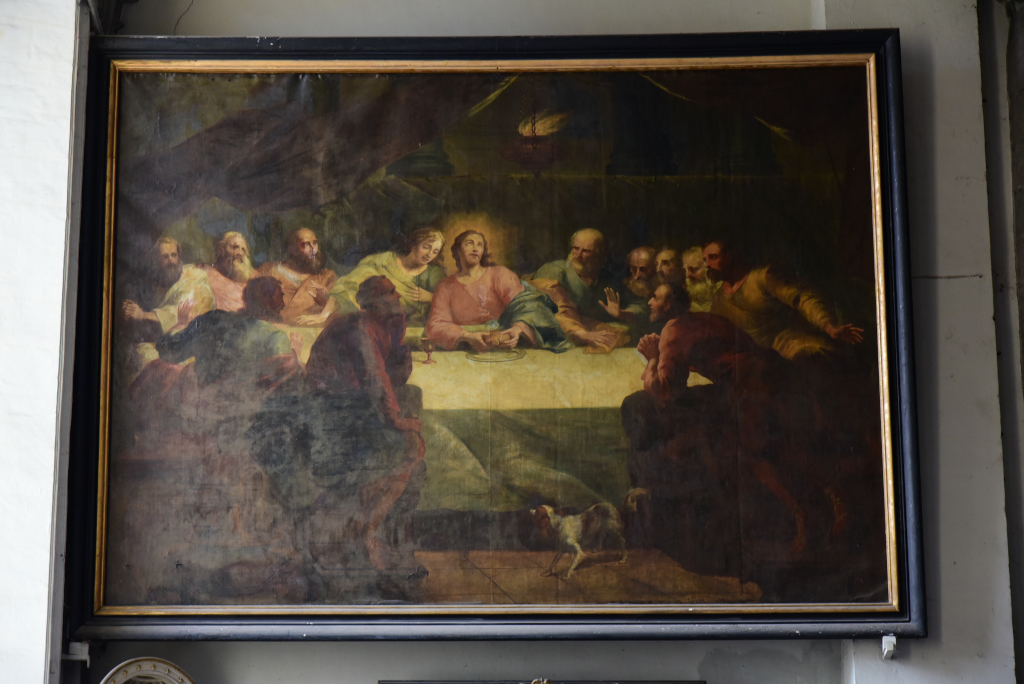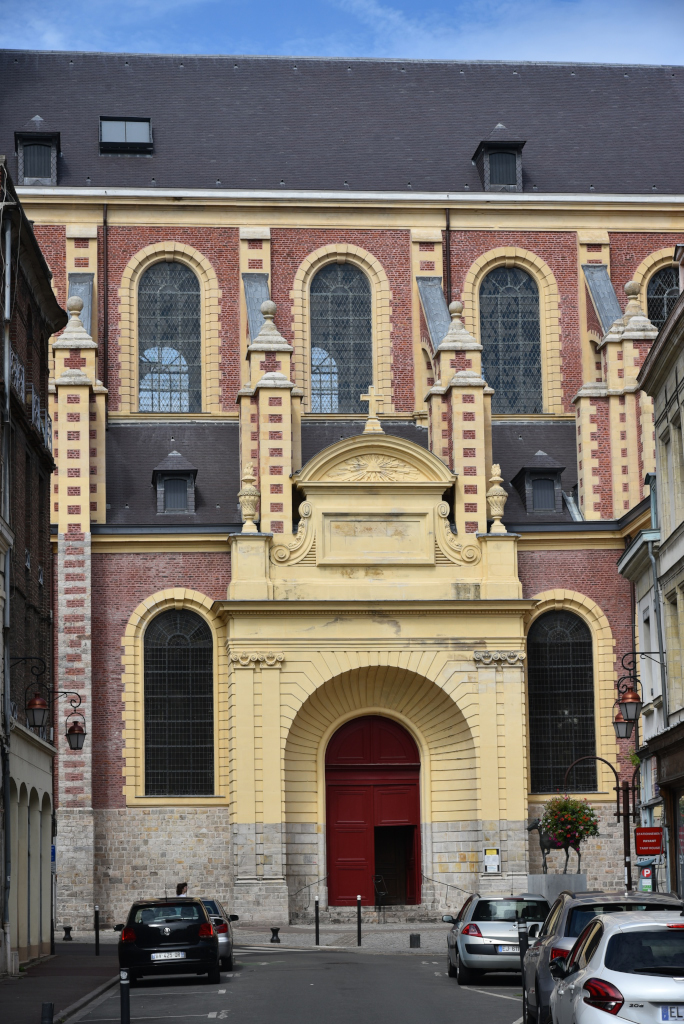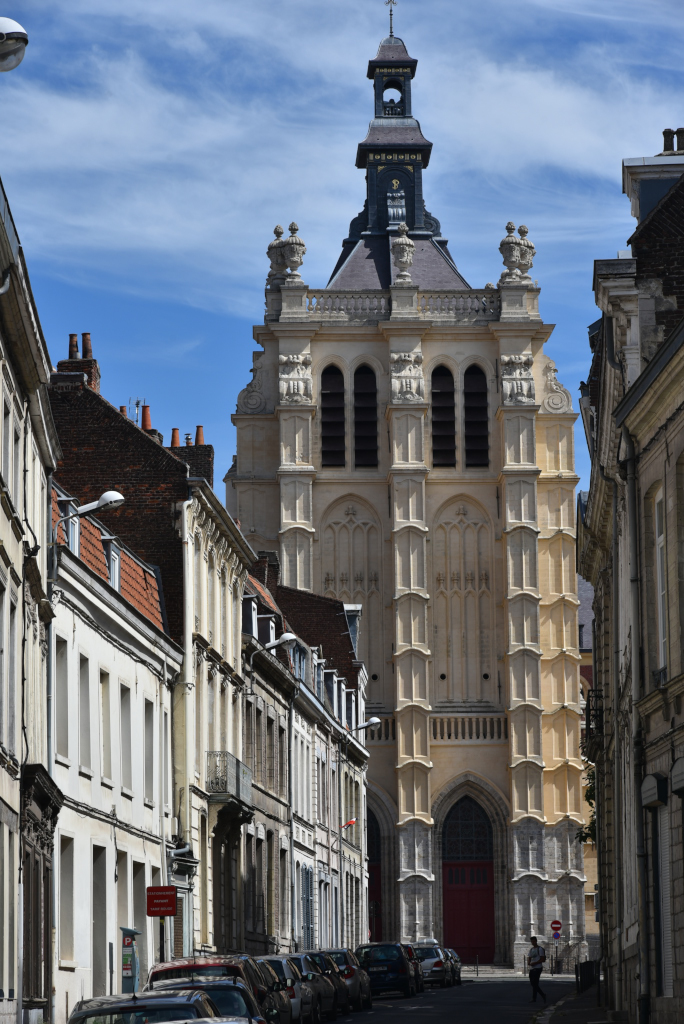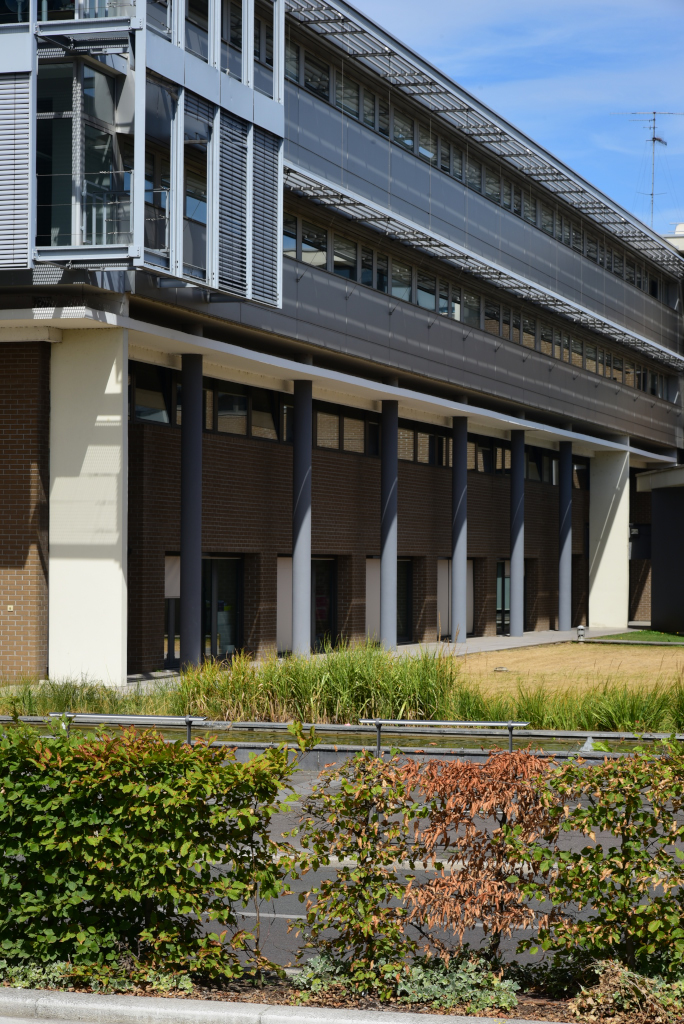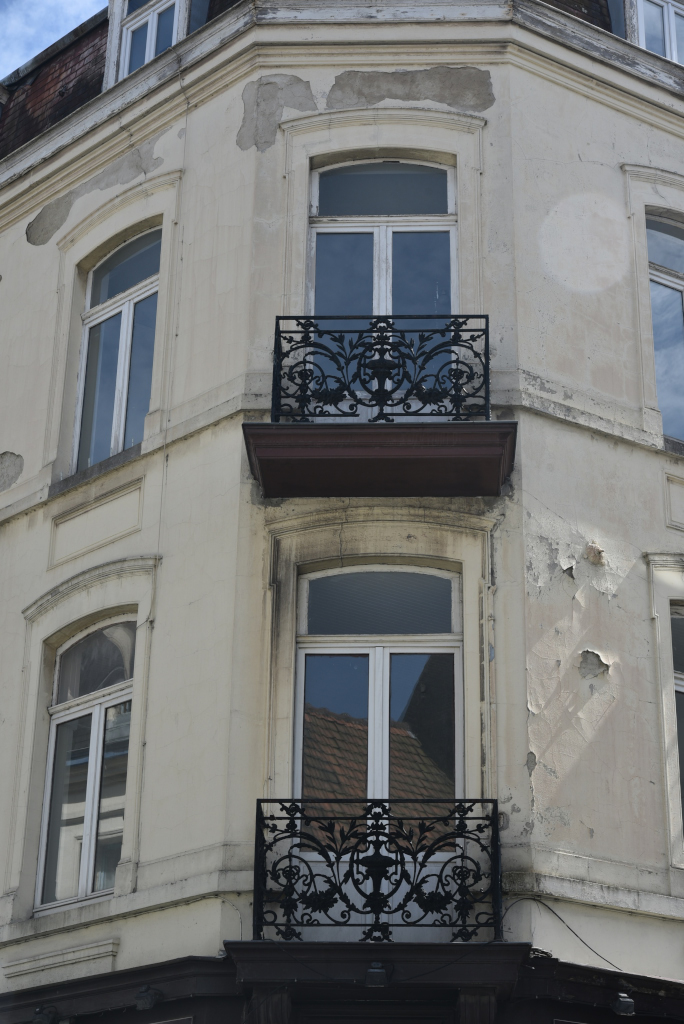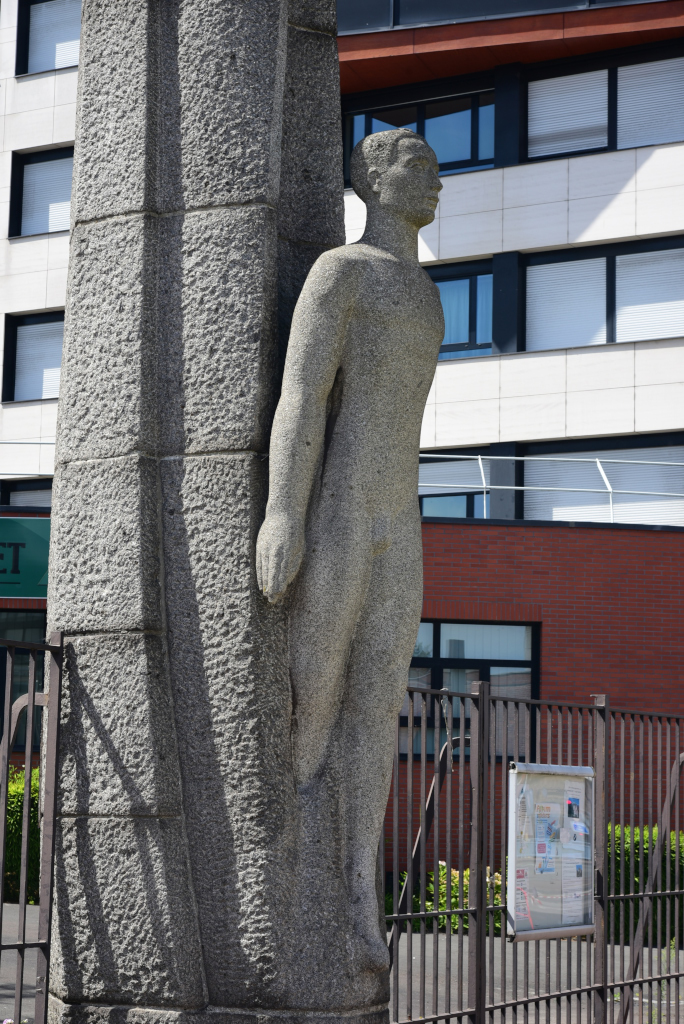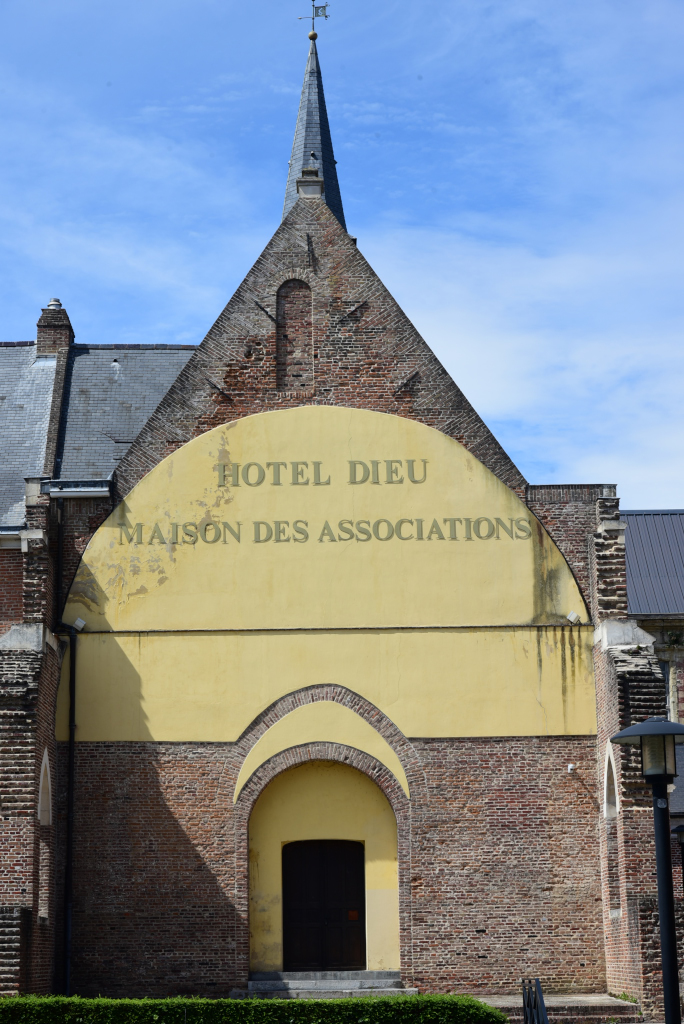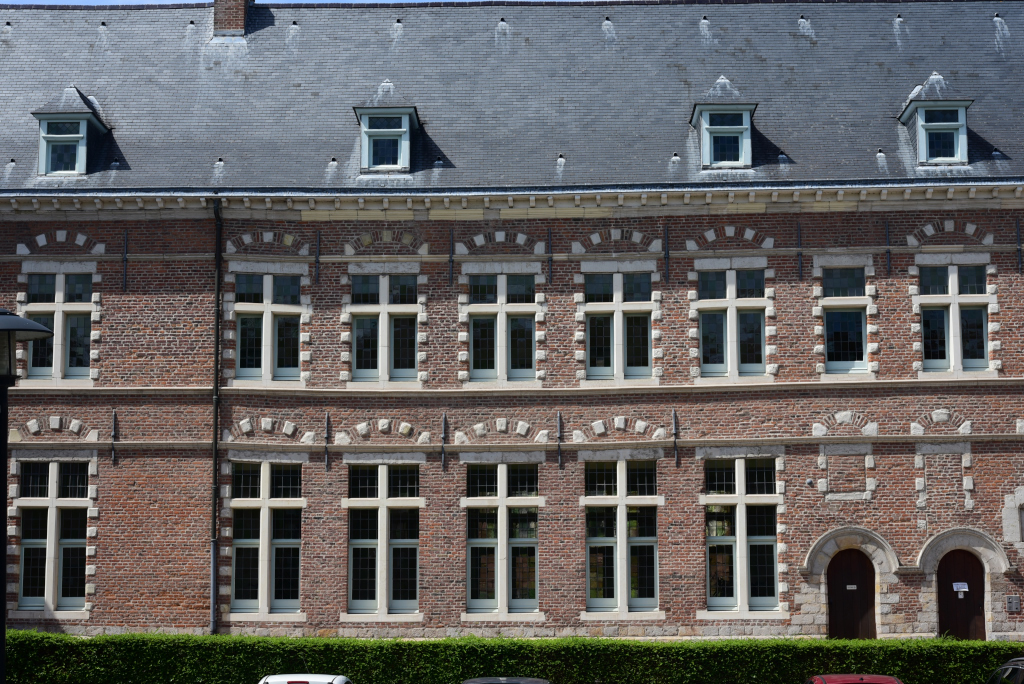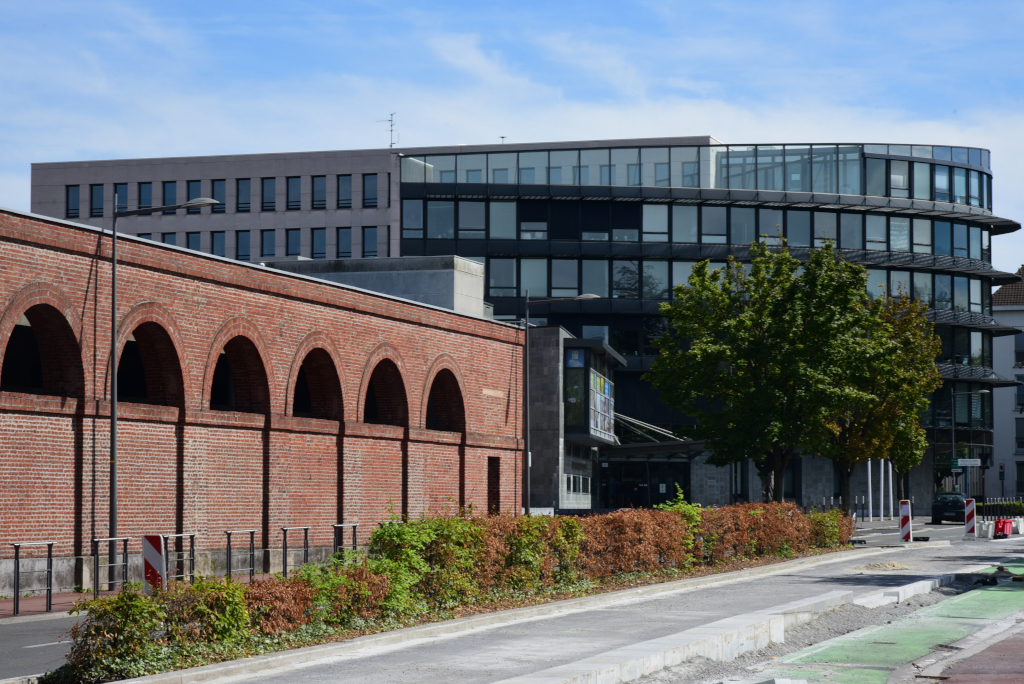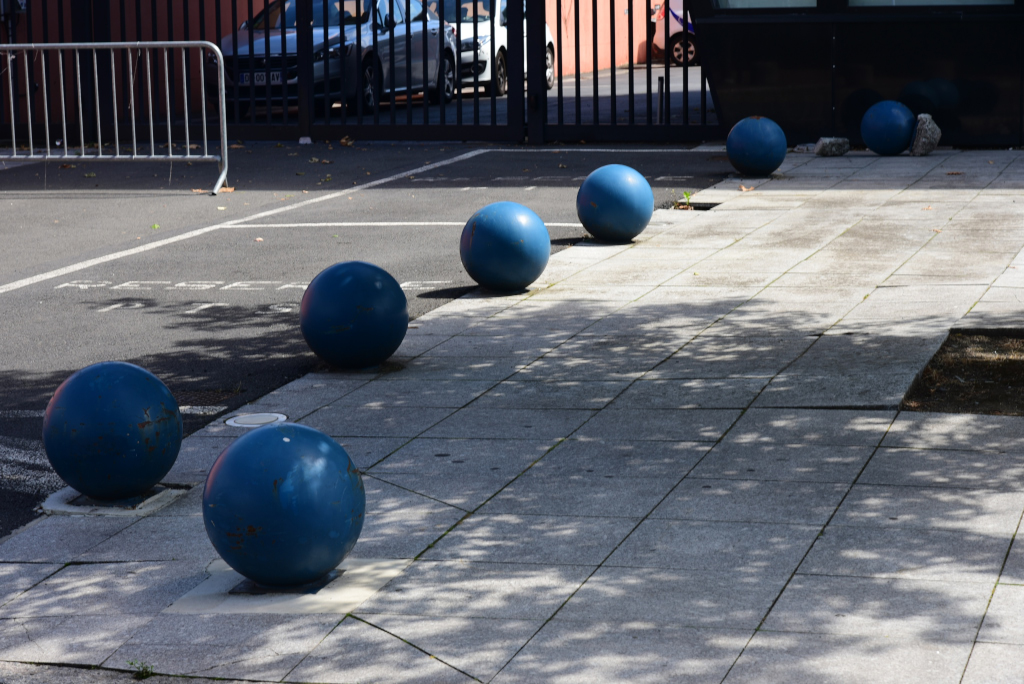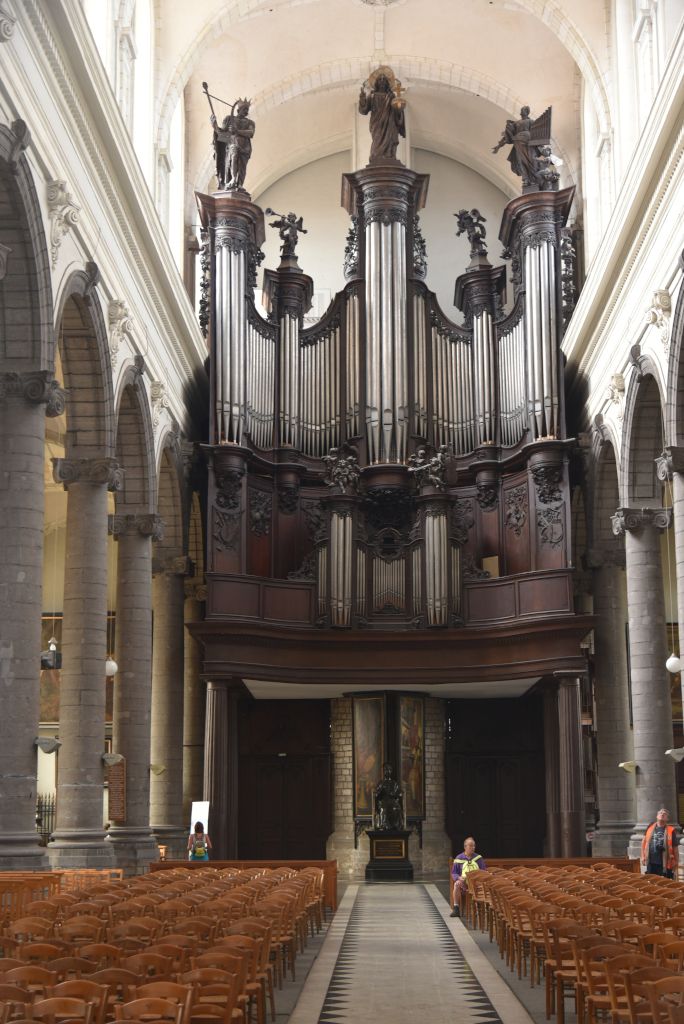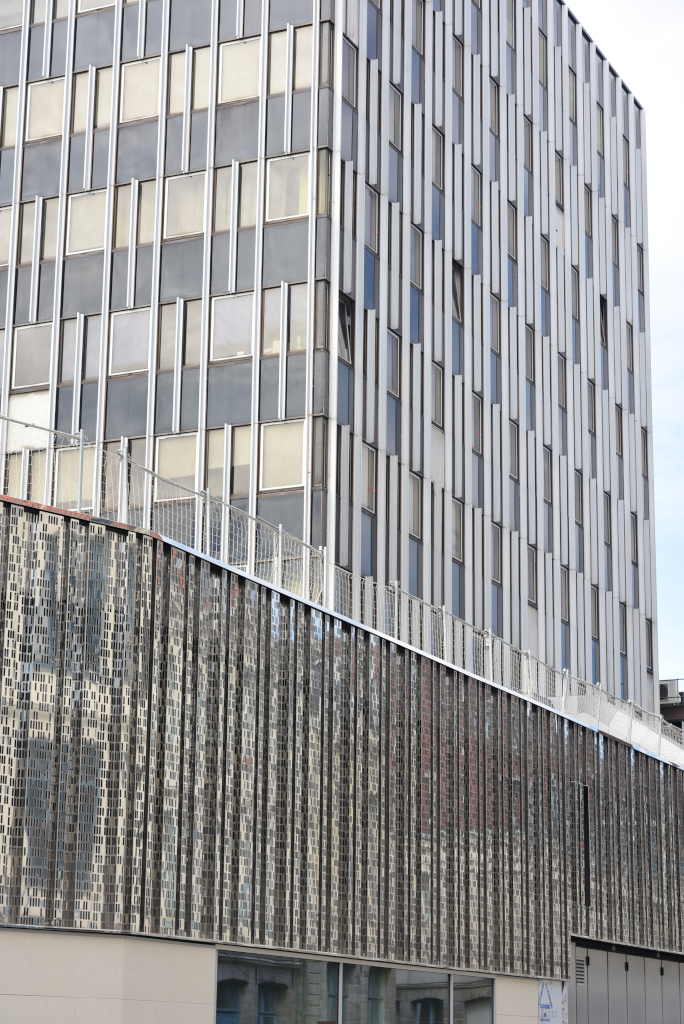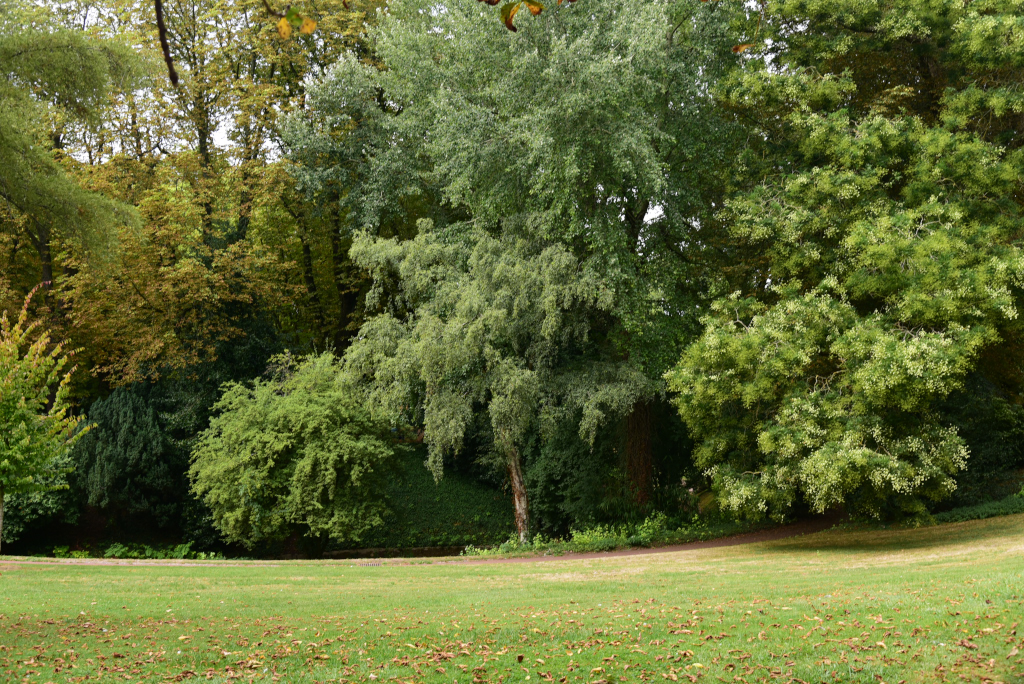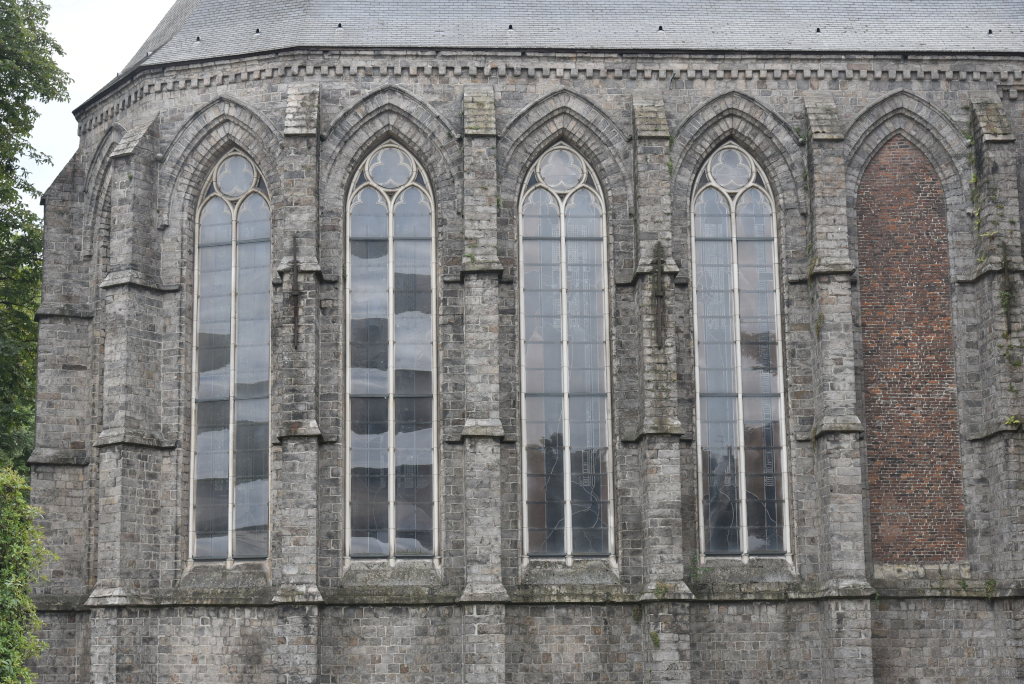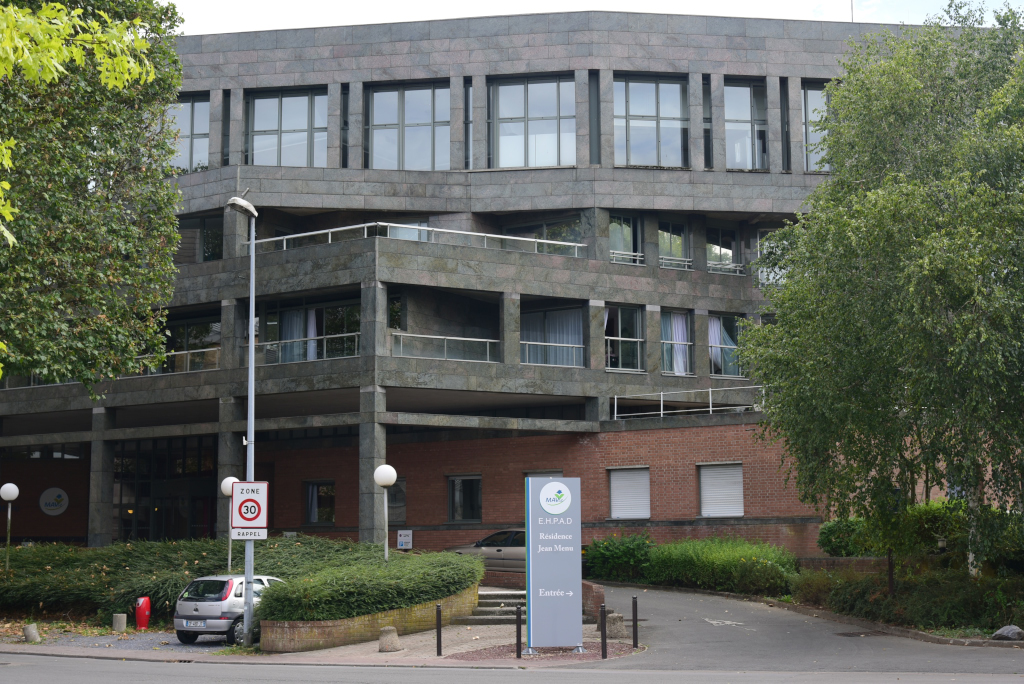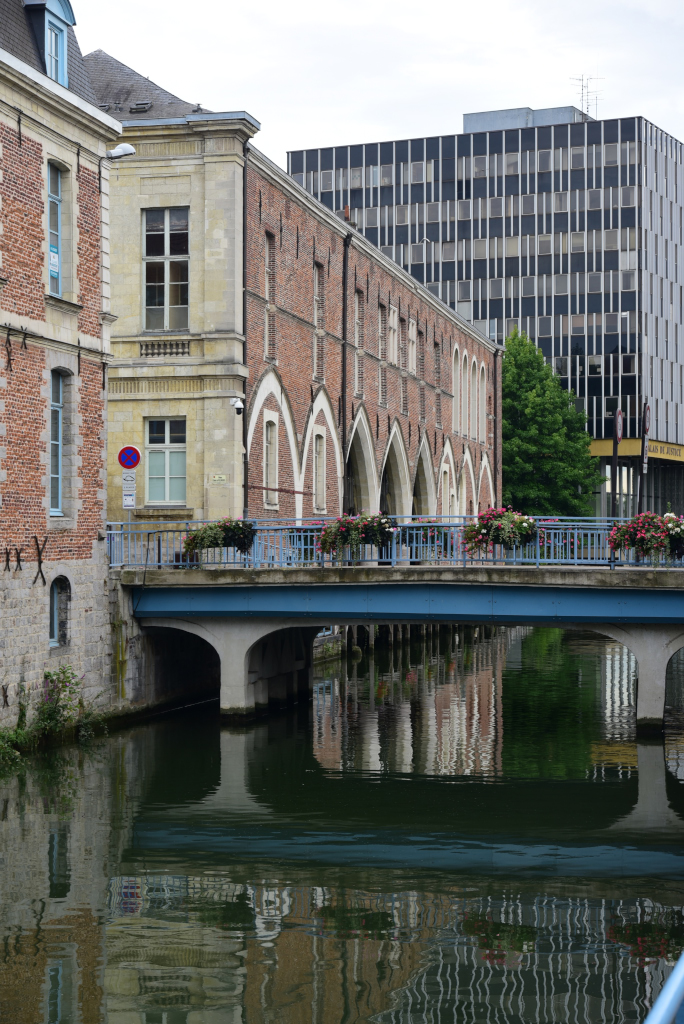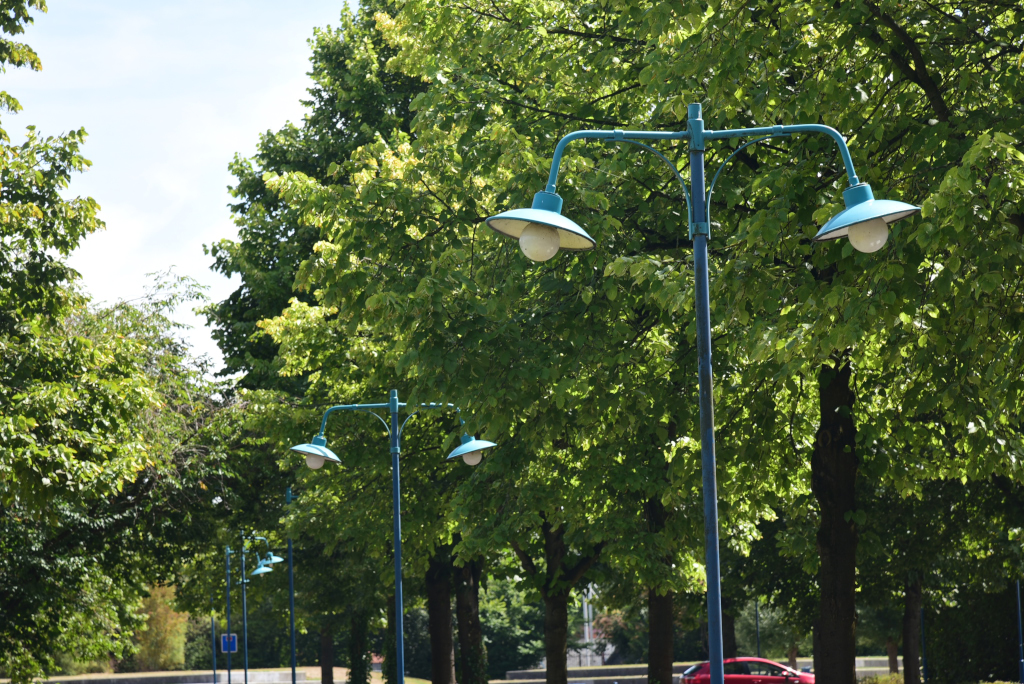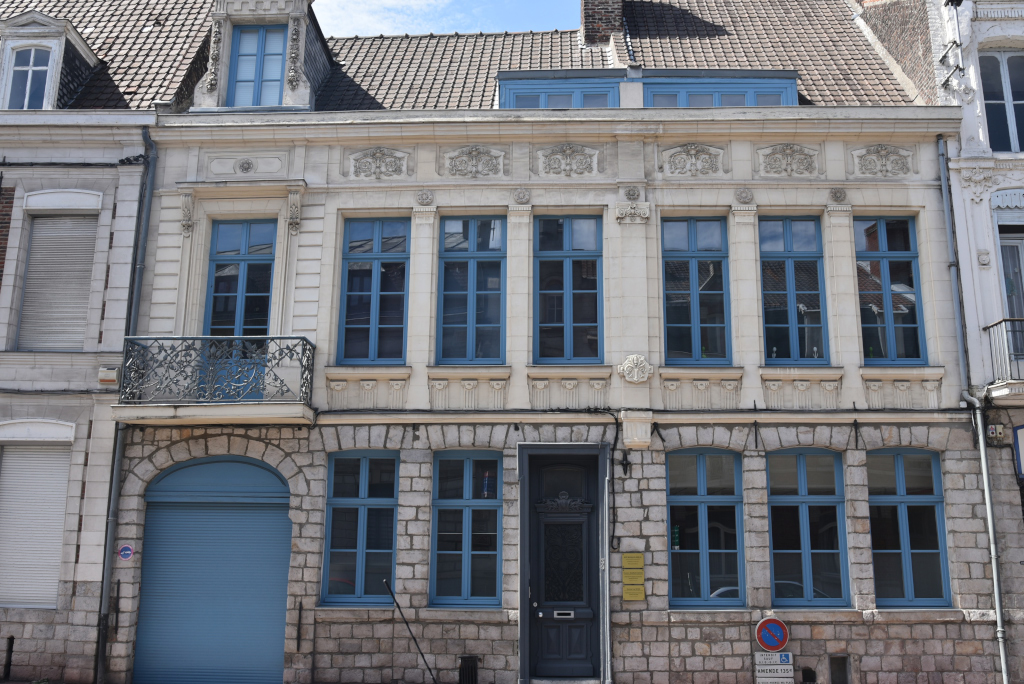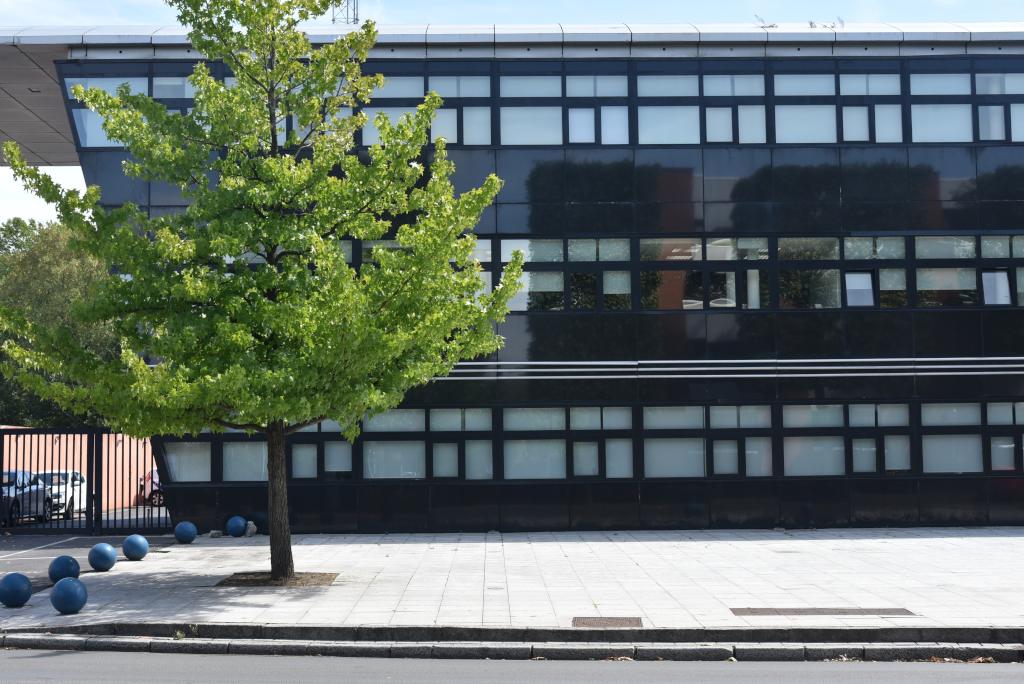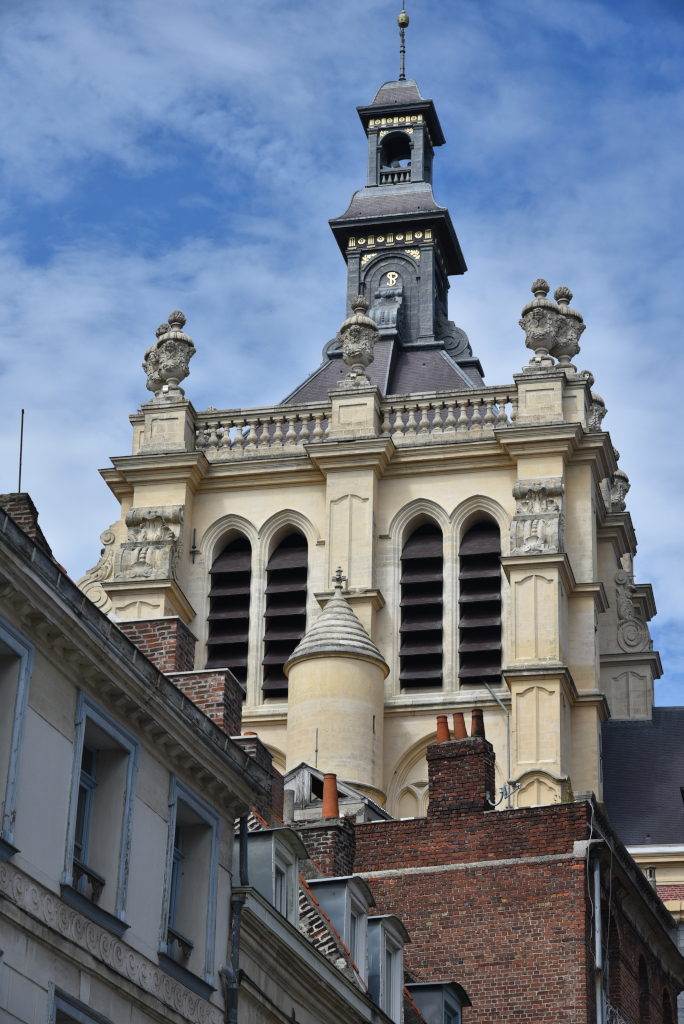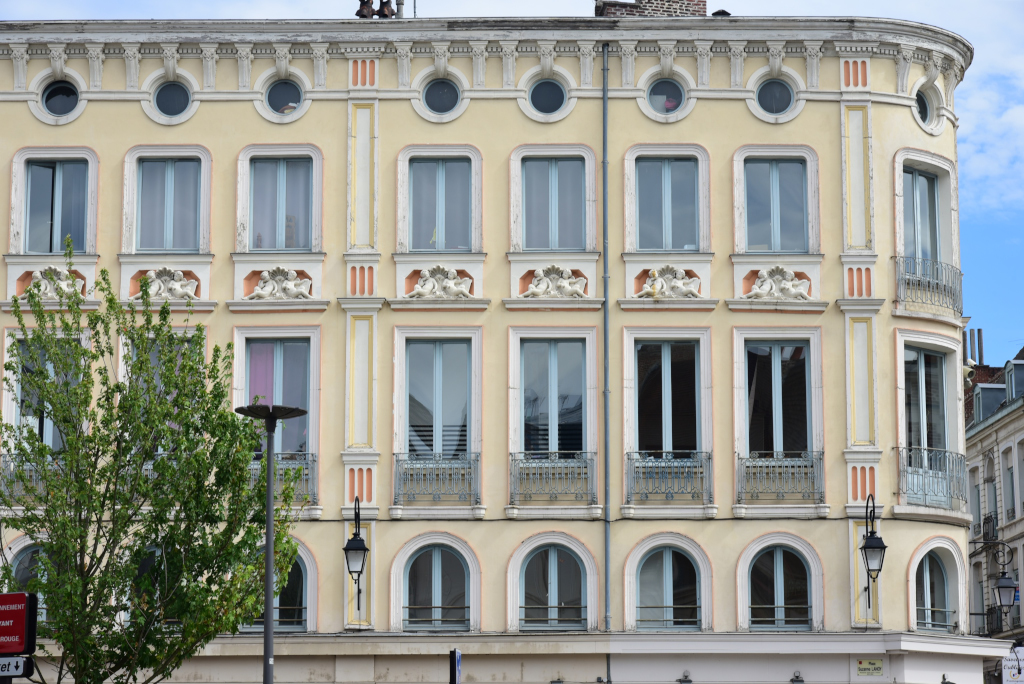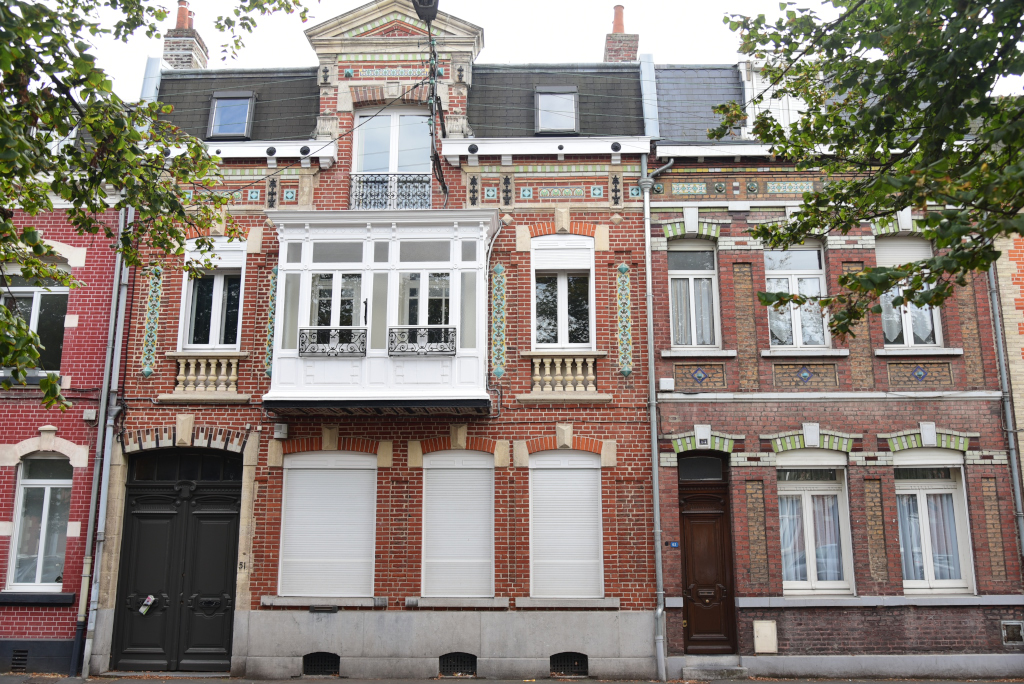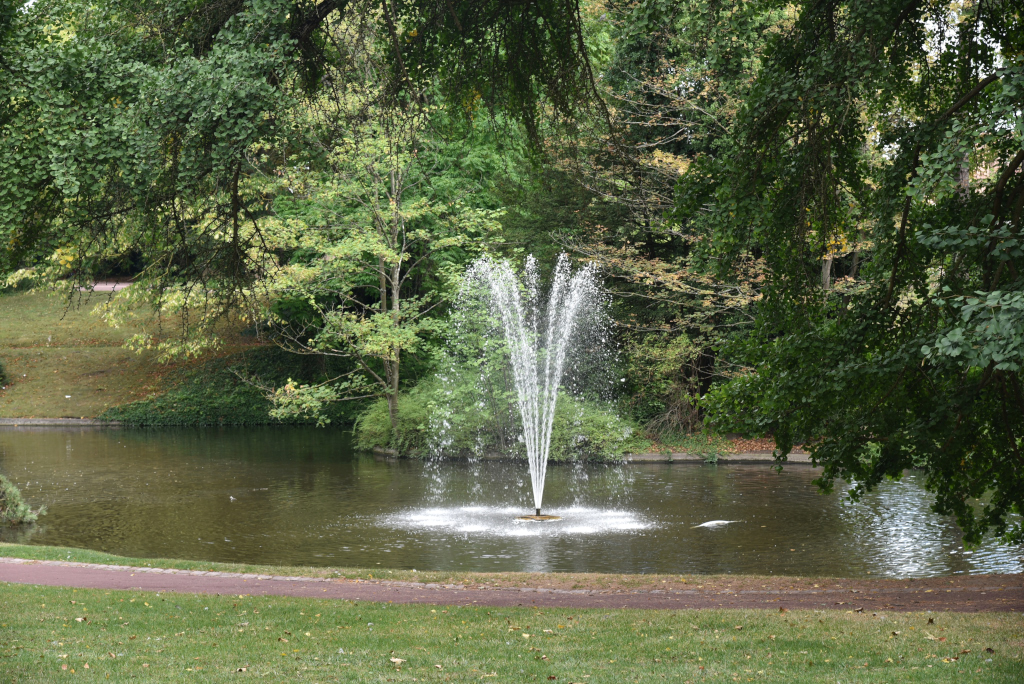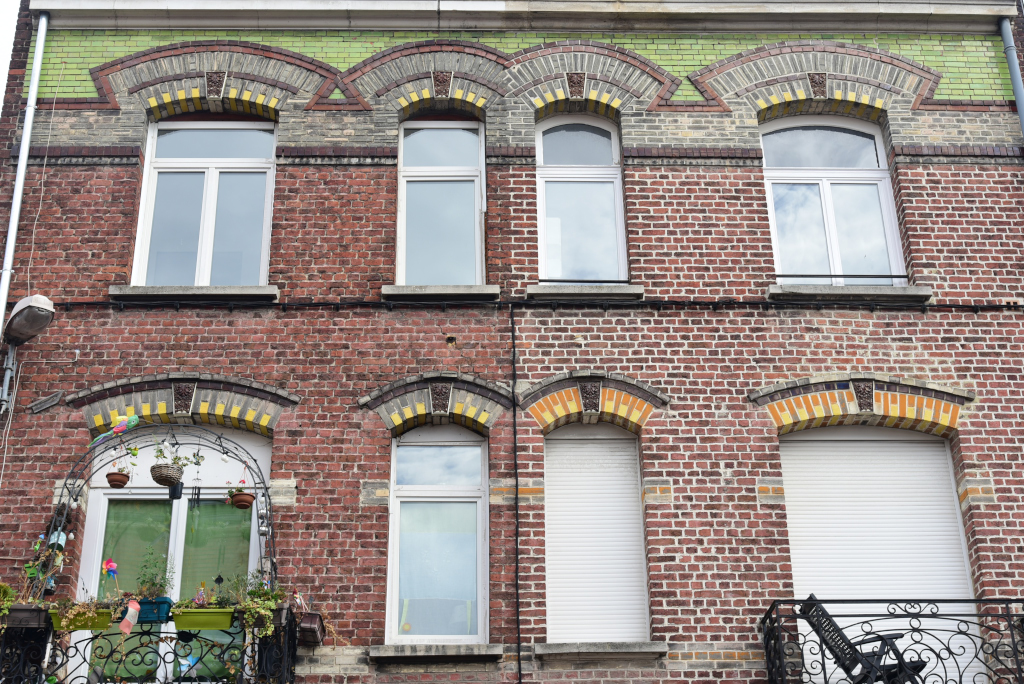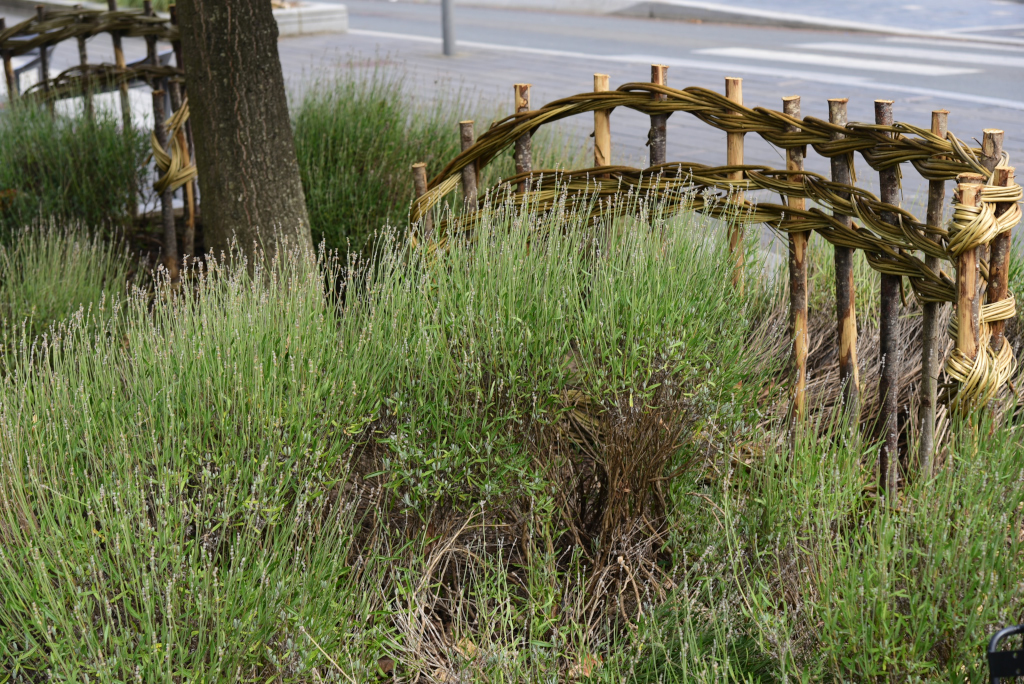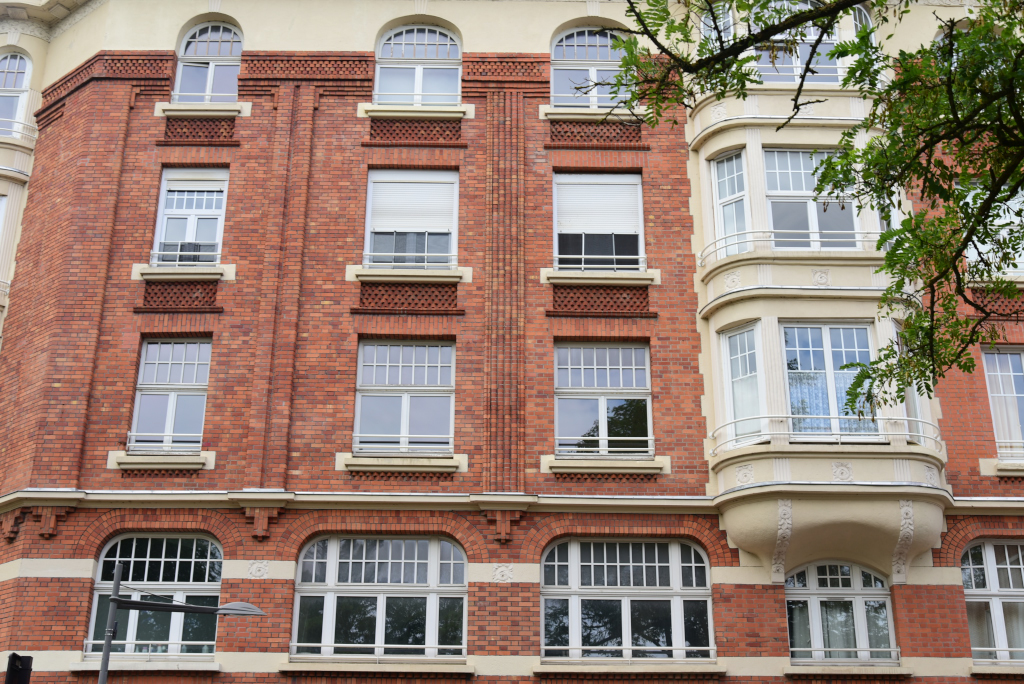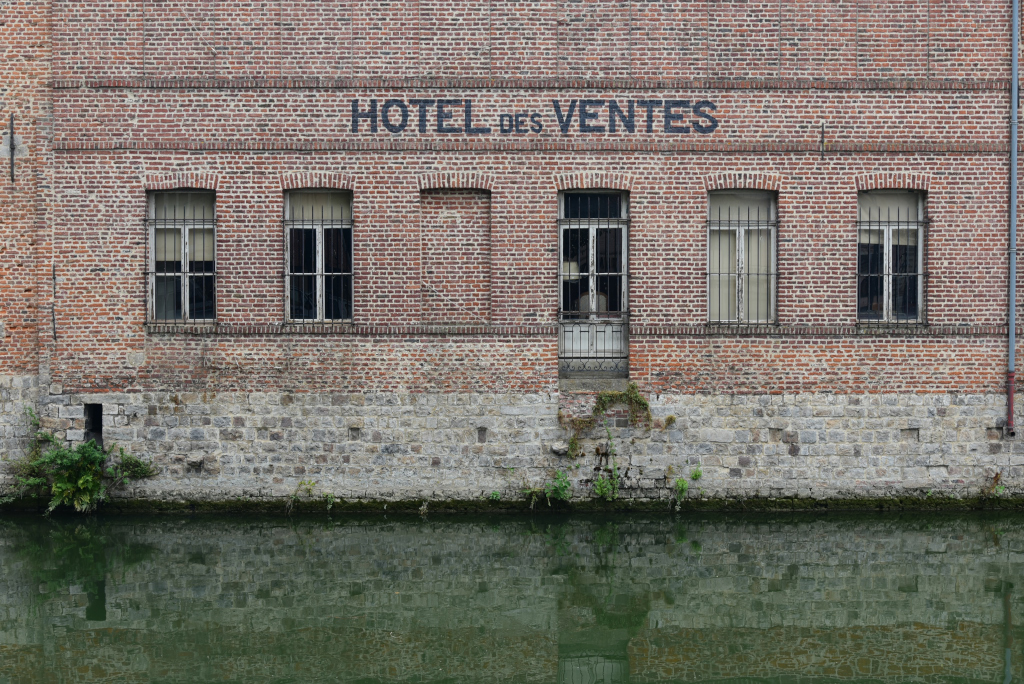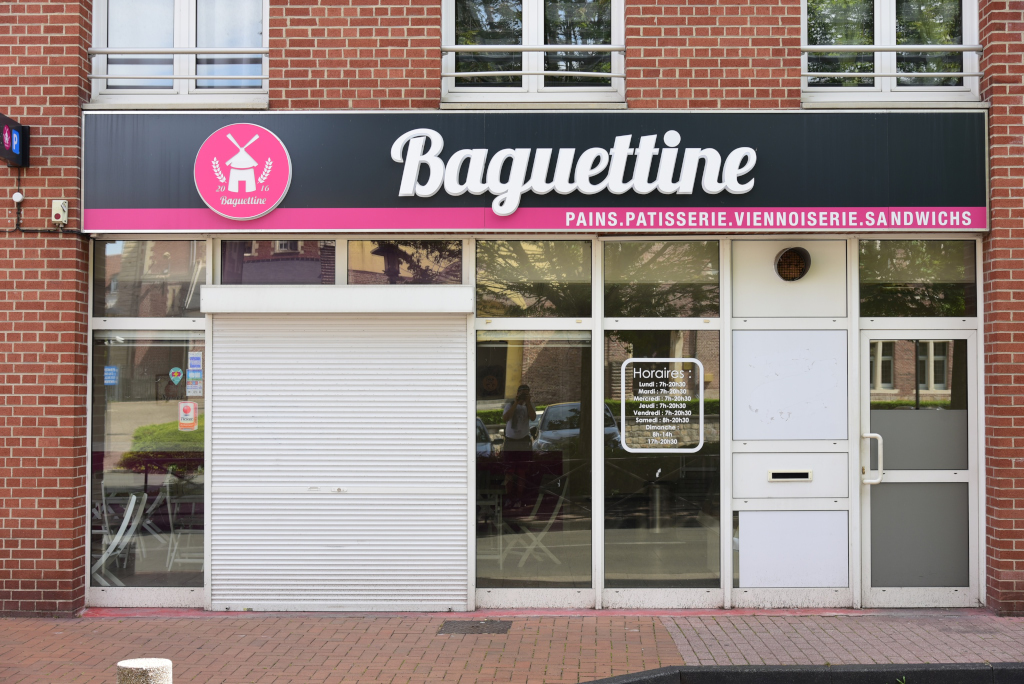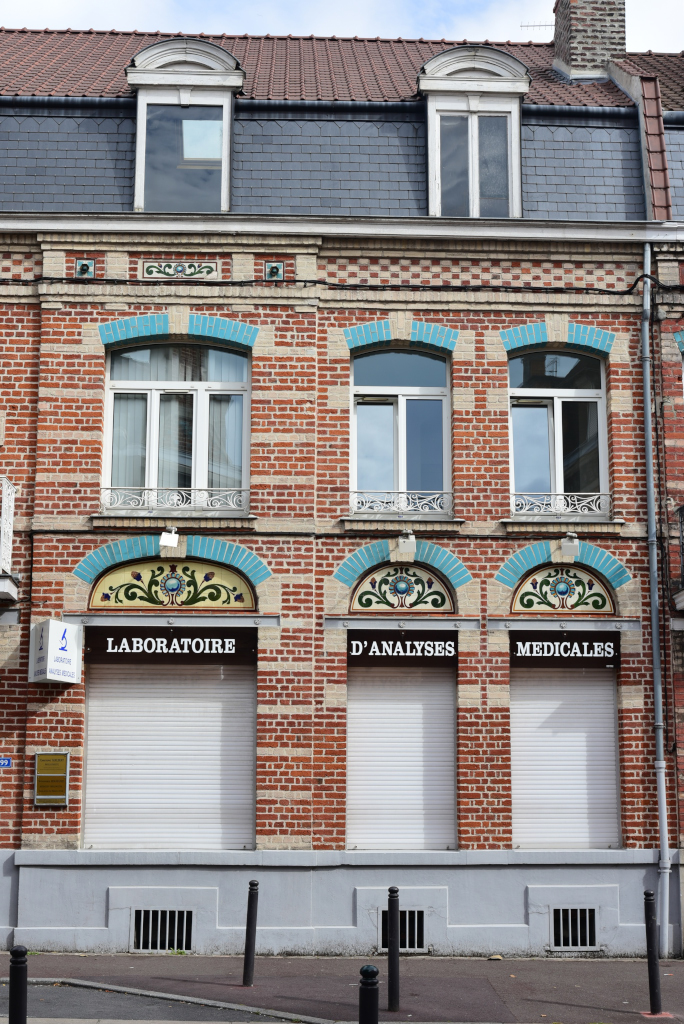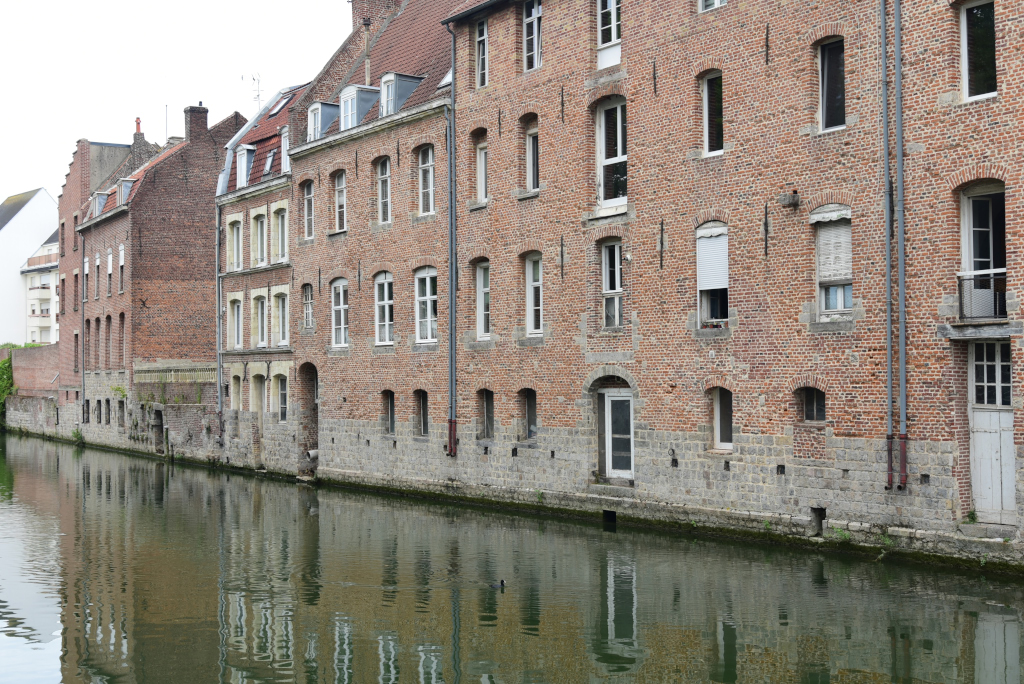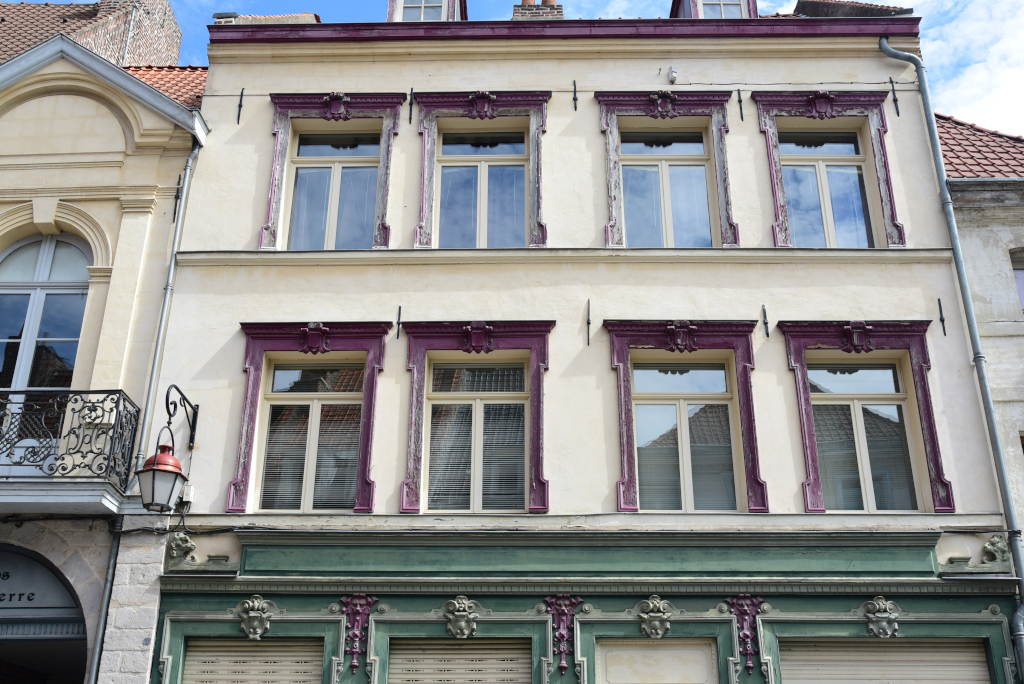August 12, 2018
I spend the day in the astonishing gem of Douai, an almost unknown treasure of Franco-Flemish architecture and history just to the south of Lille. The small city is divided into two pockets, each with their distinct character, laid out on either side of the canal running through the centre of the town. Douai’s architecture spans a broad range of styles and eras, from medieval and Renaissance to Art Deco and modern.
Founded as a 4th-century Roman fortress, Douai became a fiefdom of the counts of Flanders by the 10th century. In 1384, the county of Flanders passed into the domains of the Dukes of Burgundy and subsequently in 1477 into the hands of the Habsburg family. In the high Middle Ages, Douai was reknowned through the region as a hub of textile production.
In order to fight against the Reformation, Douai’s aldermen requested that Emperor Charles V create a university in the town. Charles’ son, Philip II, king of Spain, created the university with the consent of the papacy, and the school was inaugurated in 1562, attracting students from all over the Netherlands and England.. Its teachings included theology, canon law, civil law, medicine and the liberal arts.
In 1667, Douai was taken by the troops of Louis XIV of France, and with the 1668 Treaty of Aix-la-Chapelle, the town was ceded to France. During successive sieges from 1710 to 1712, Douai was almost completely destroyed by the British Army. By 1713, the town was fully integrated into France. Douai became the seat of the Parliament of Flanders. In the course of both World War I and II, Douai suffered considerable damage.
Douai’s ornate Gothic style belfry was begun in 1380, on the site of an earlier tower. The 80 m high structure includes an impressive carillon, consisting of 62 bells spanning 5 octaves. The chimes are rung by a mechanism every quarter-hour, but are also played via a keyboard on Saturday mornings and at certain other times.
The Porte de Valenciennes town gate stands as a reminder of the town’s past military importance, and was built in 1453. One face of the gate is built in the Gothic style, while the other is of Classical design.
(Narrative excerpted from Wikipedia and www.ville-douai.fr).

